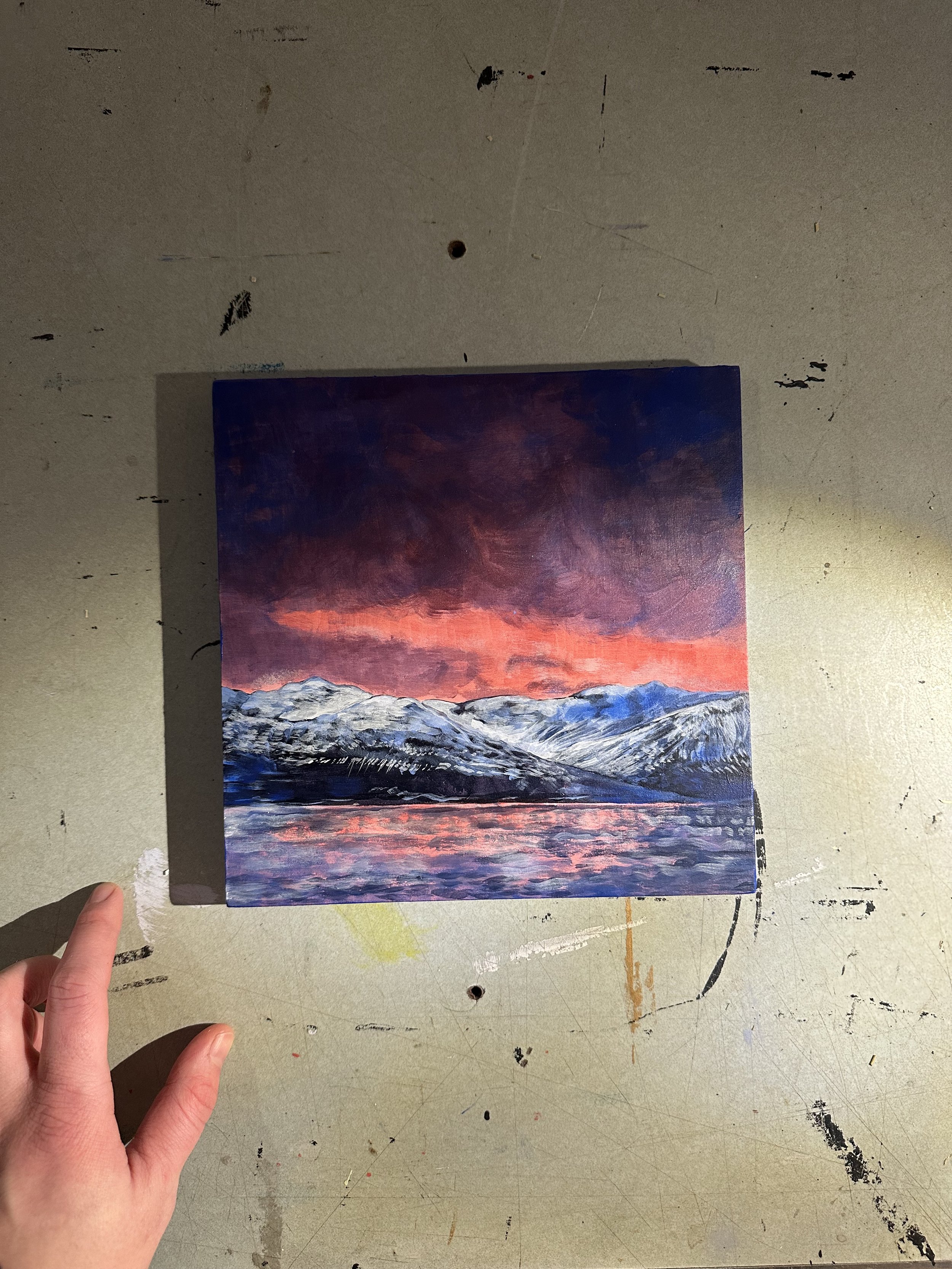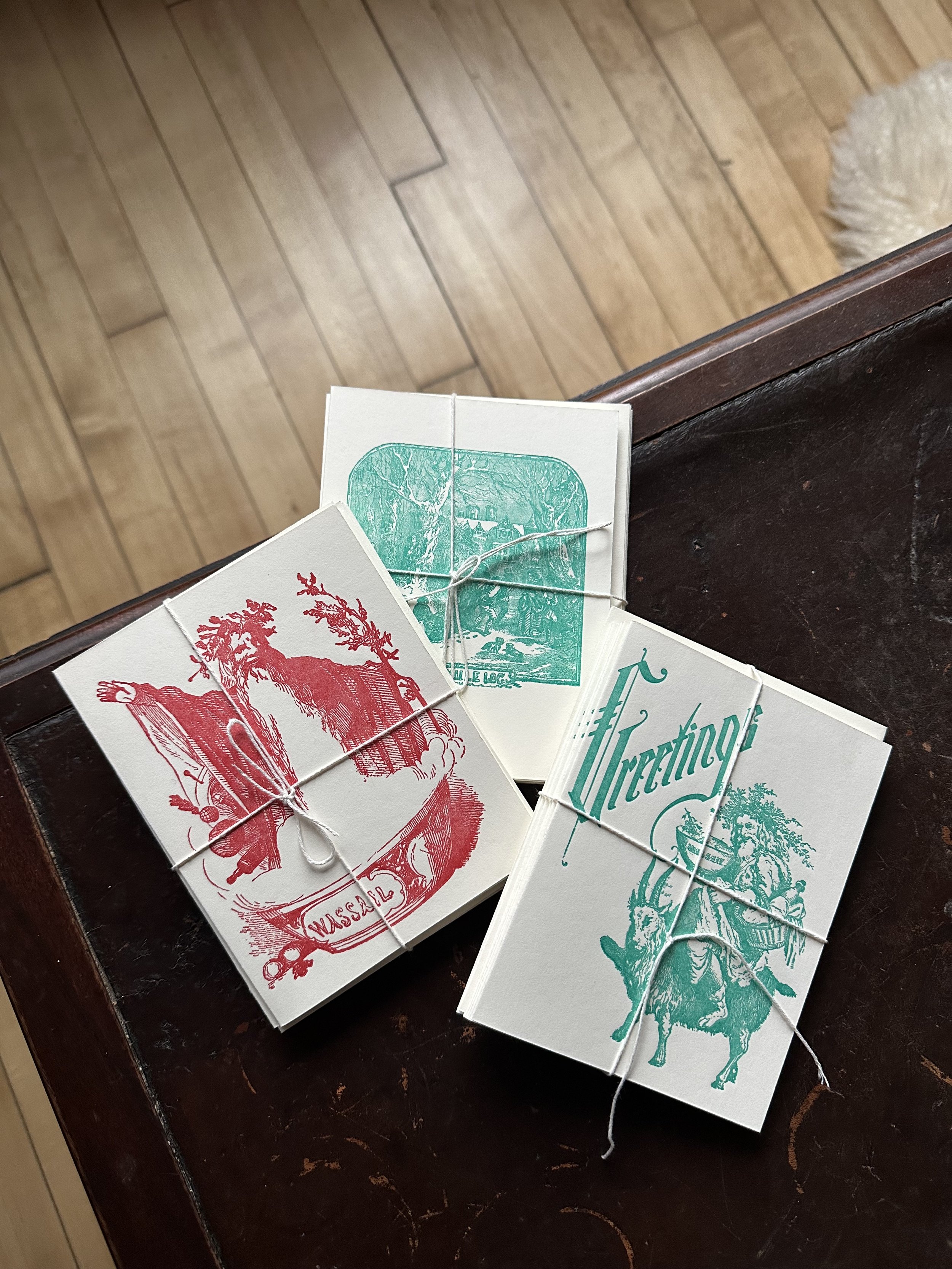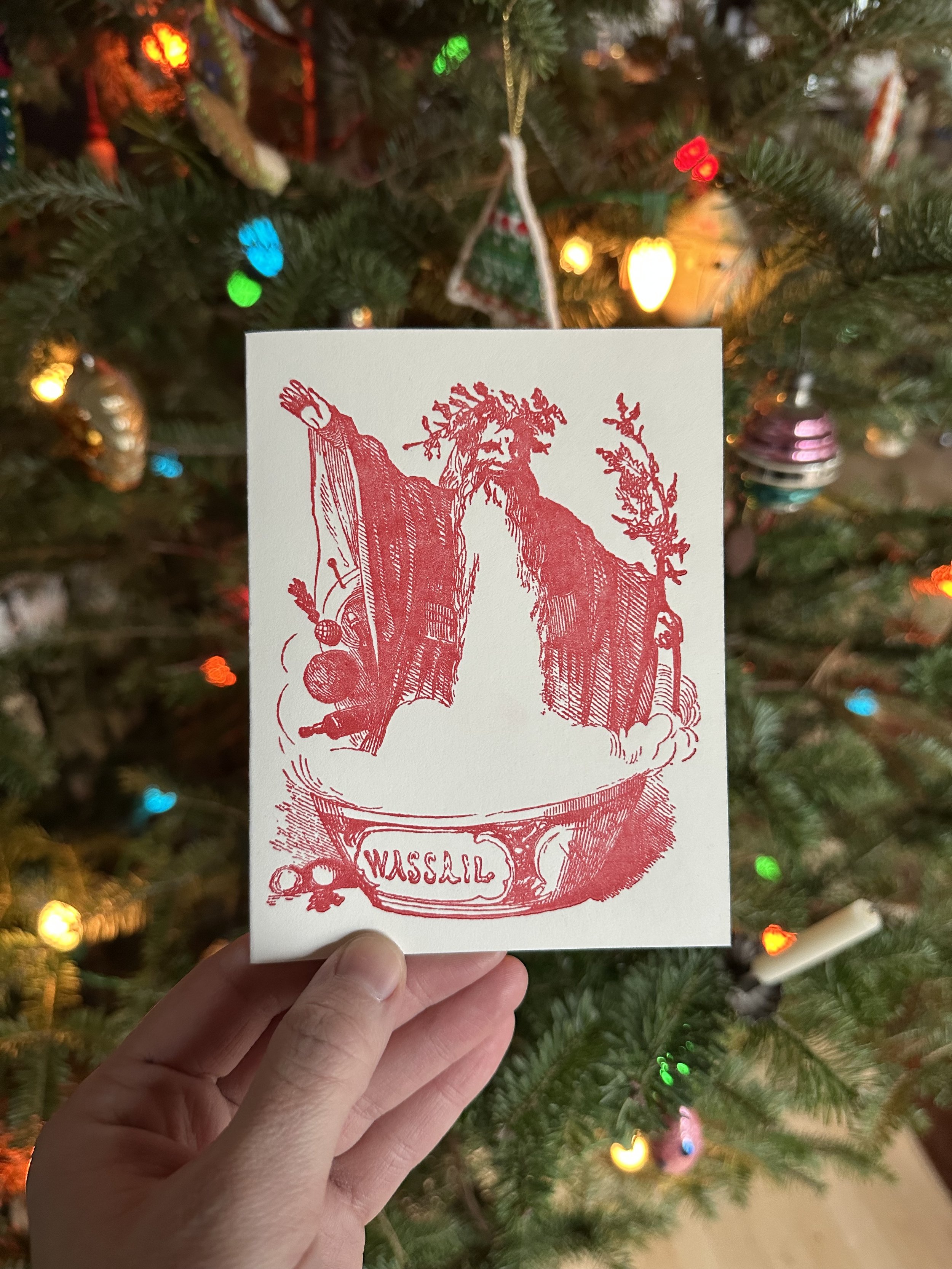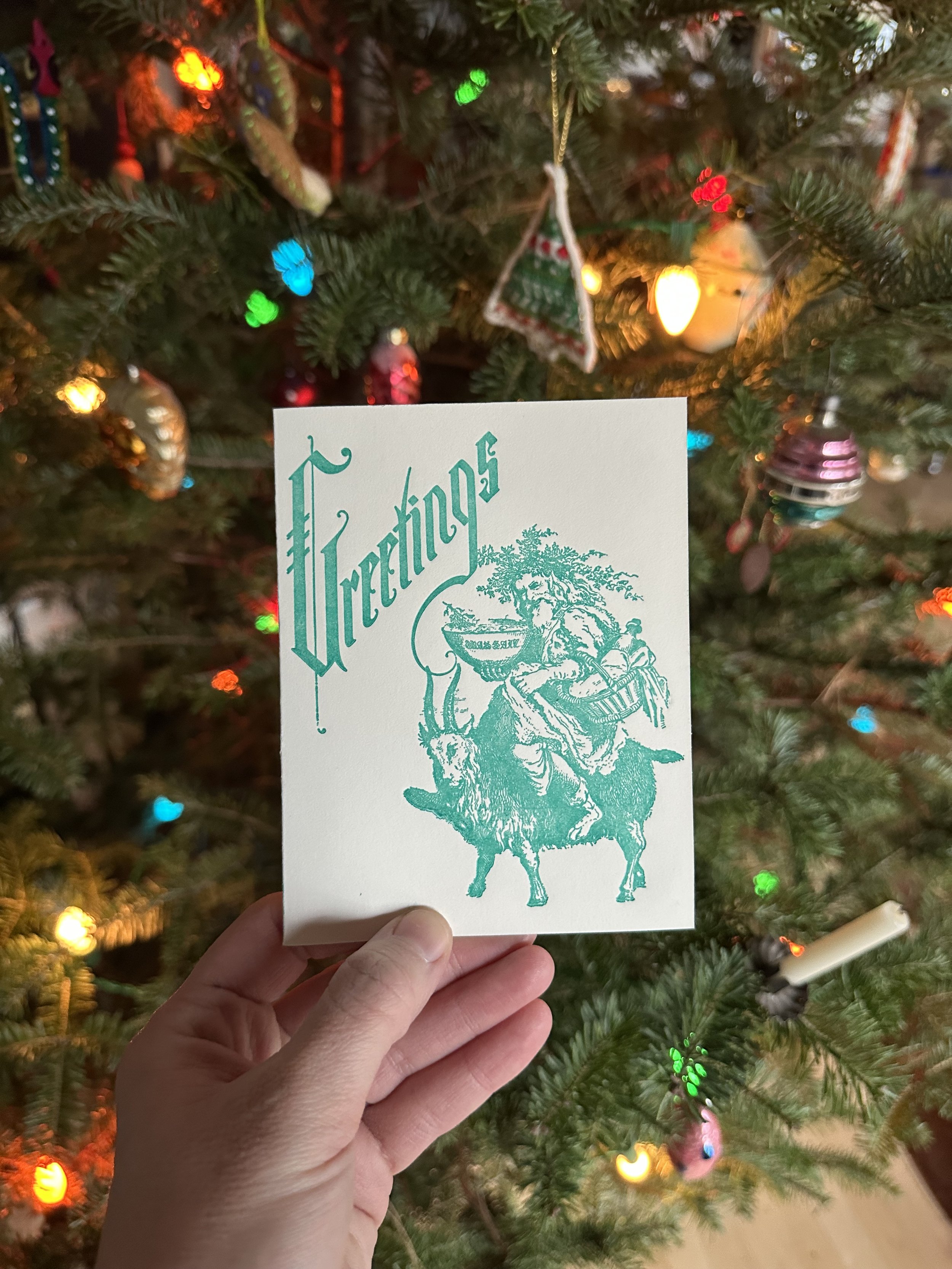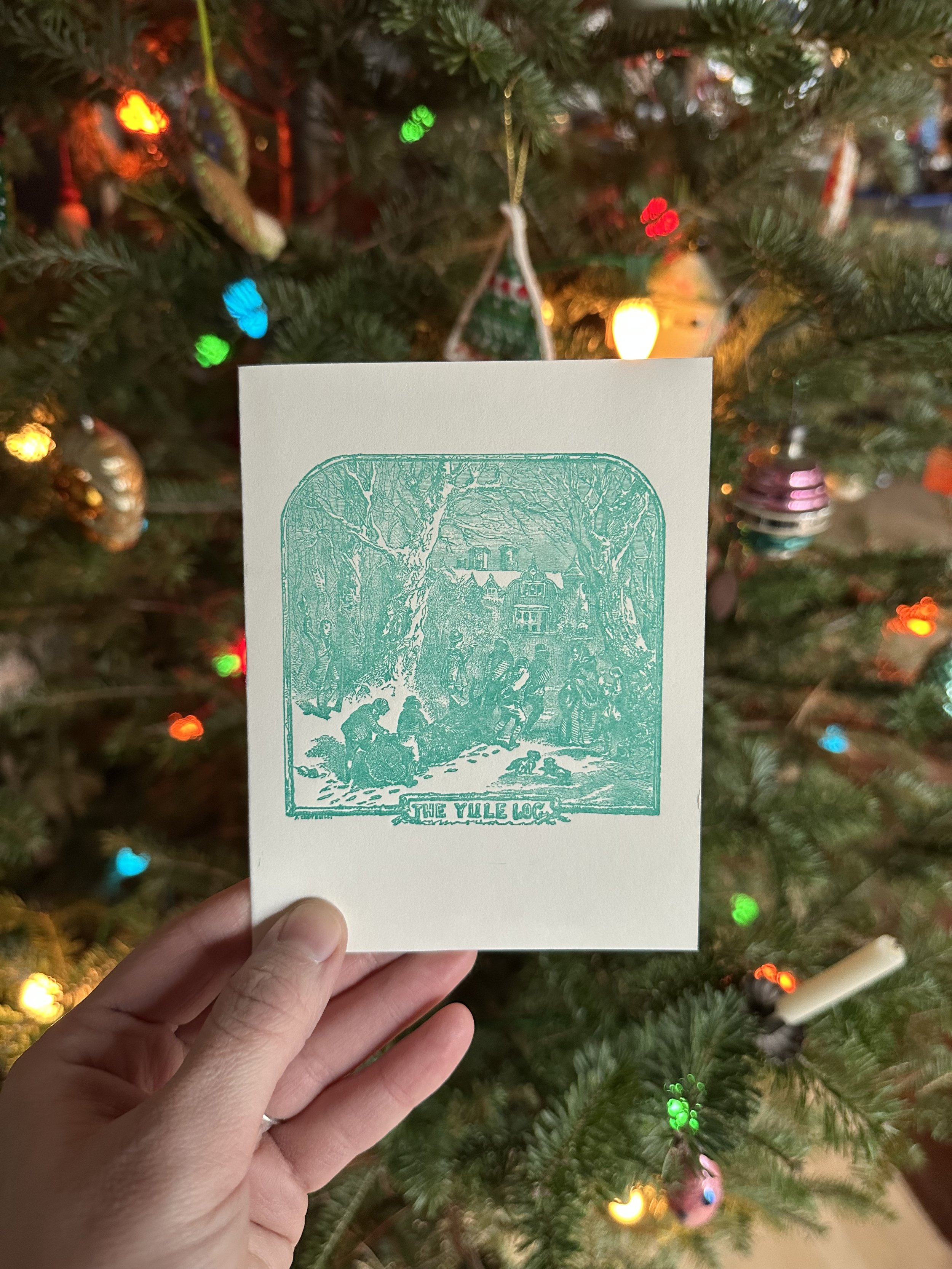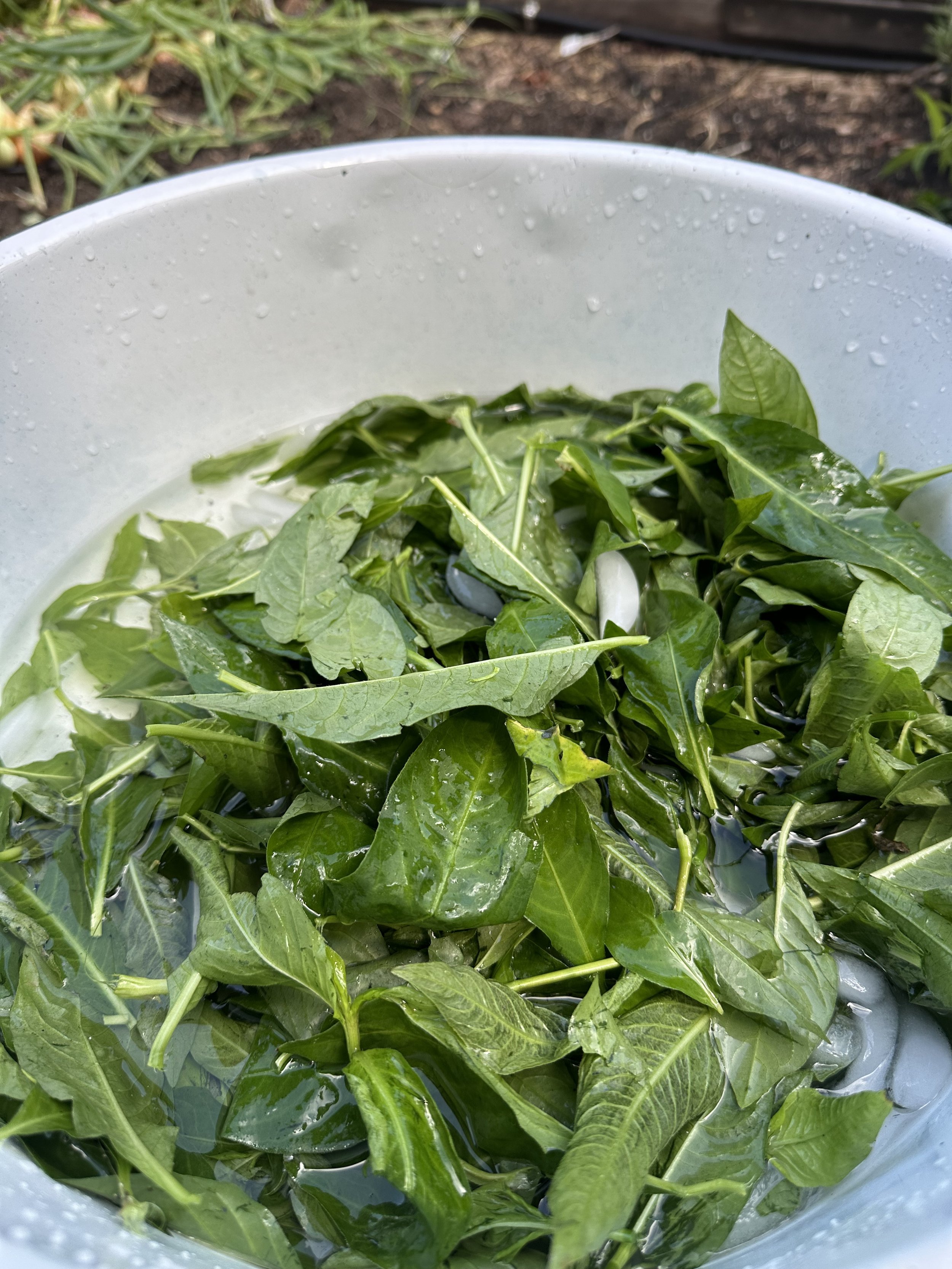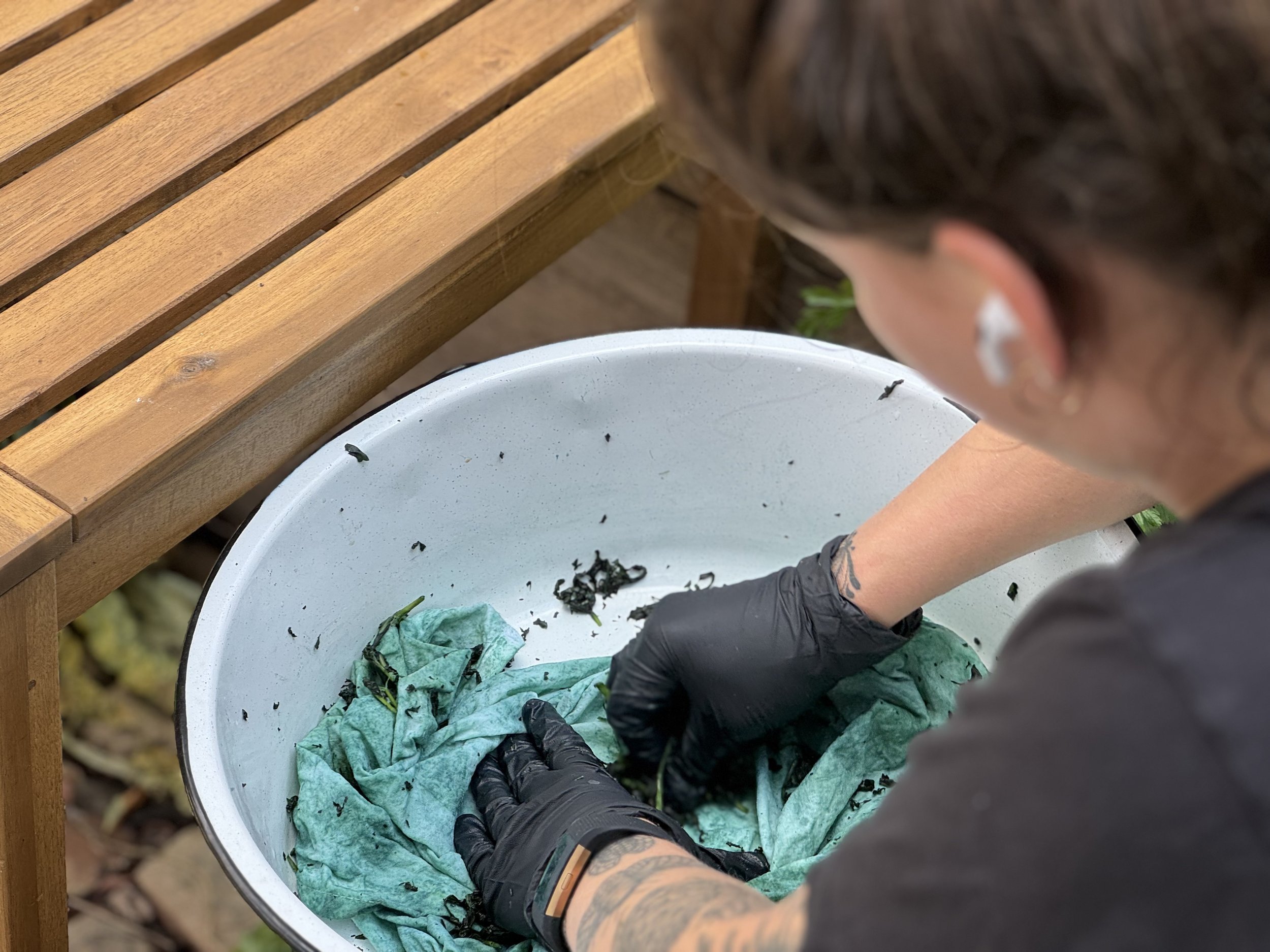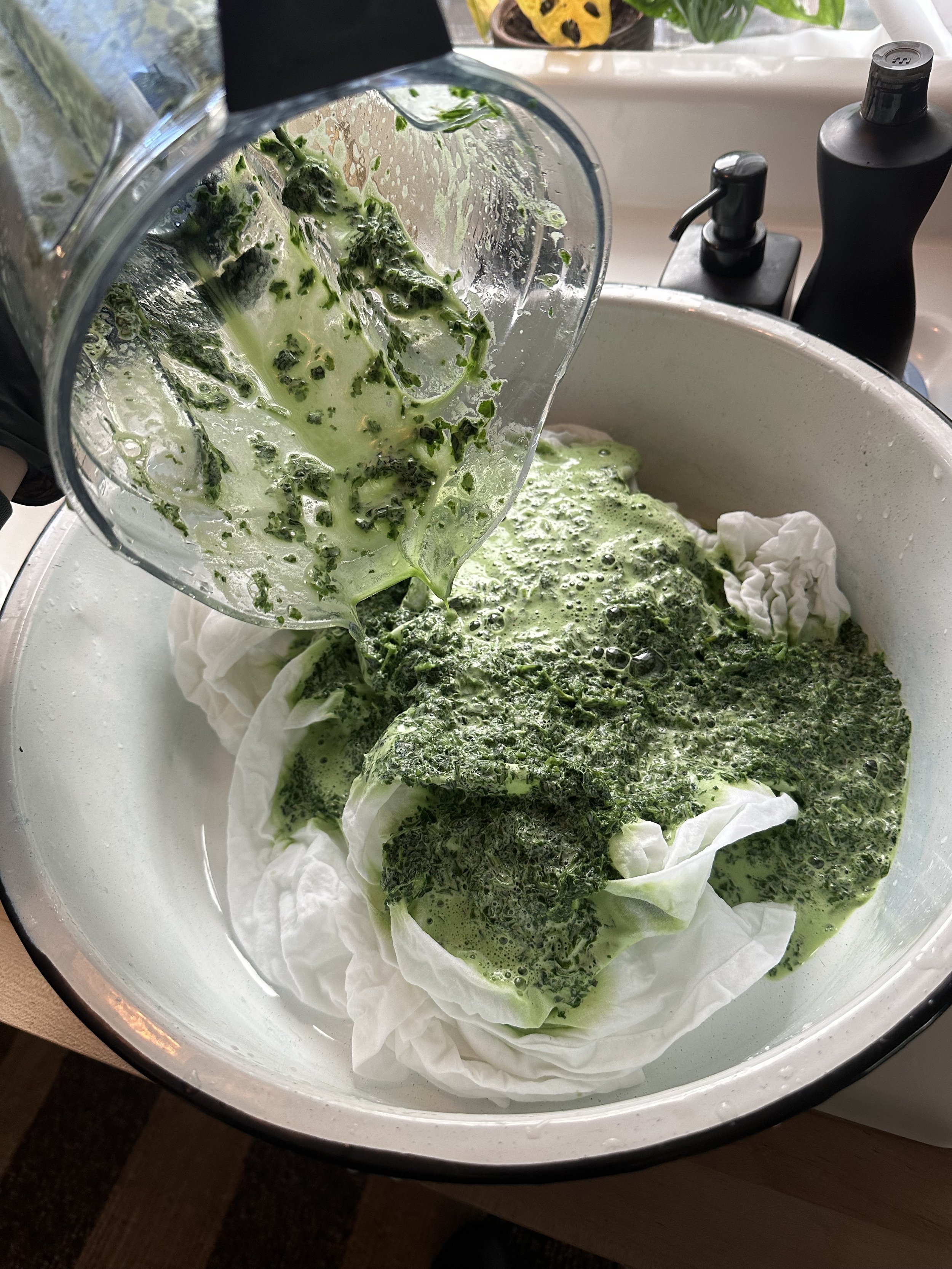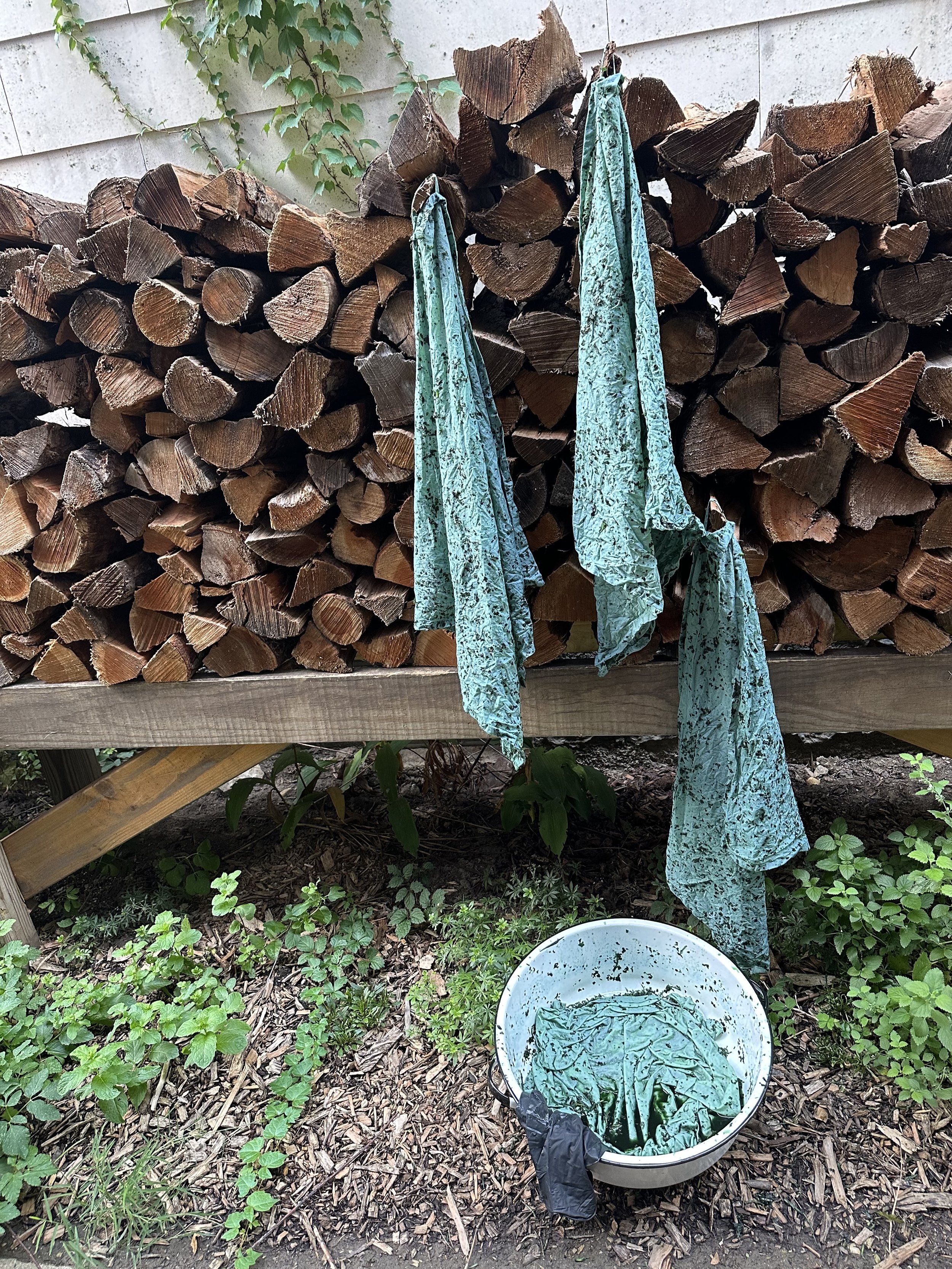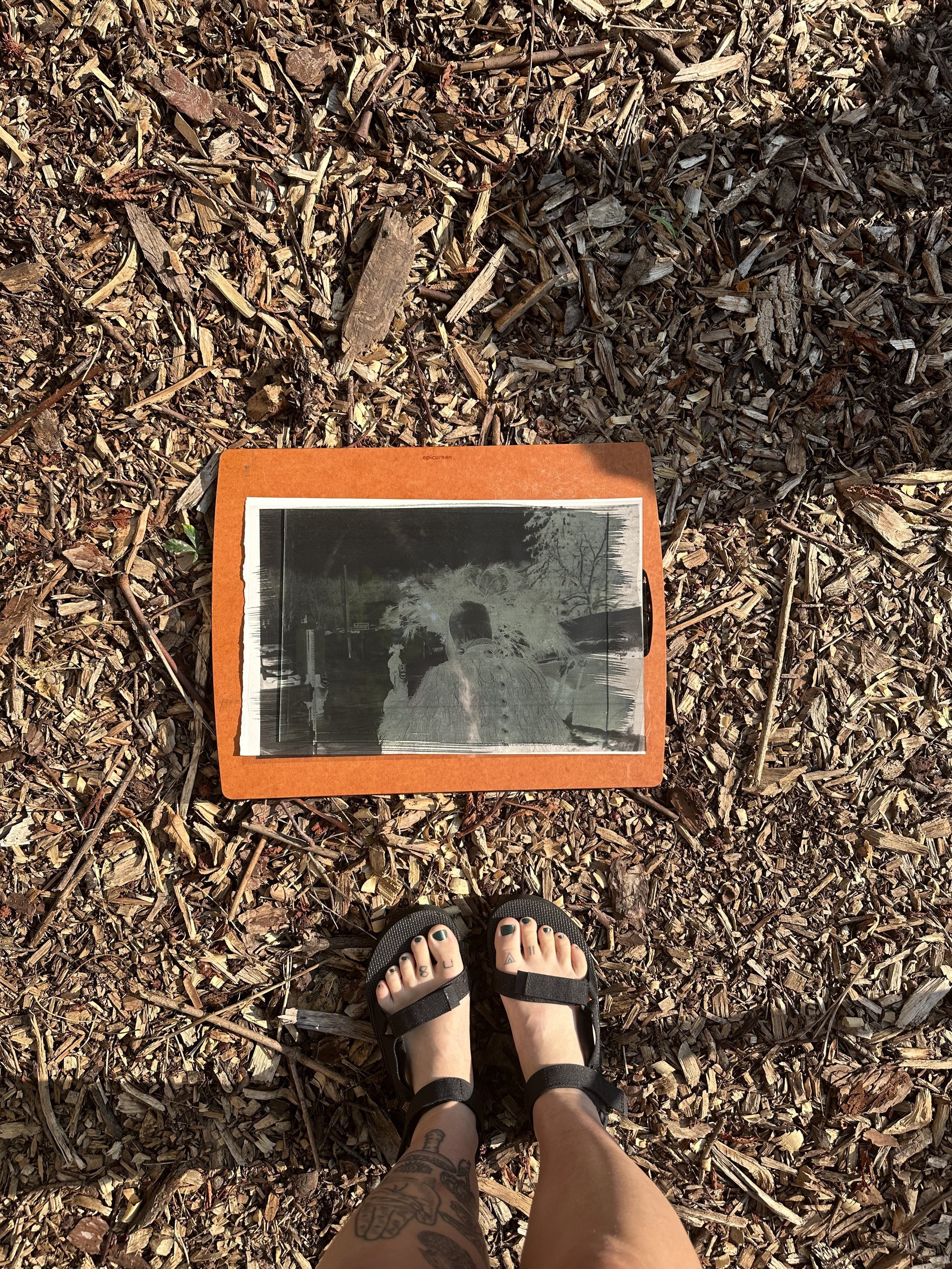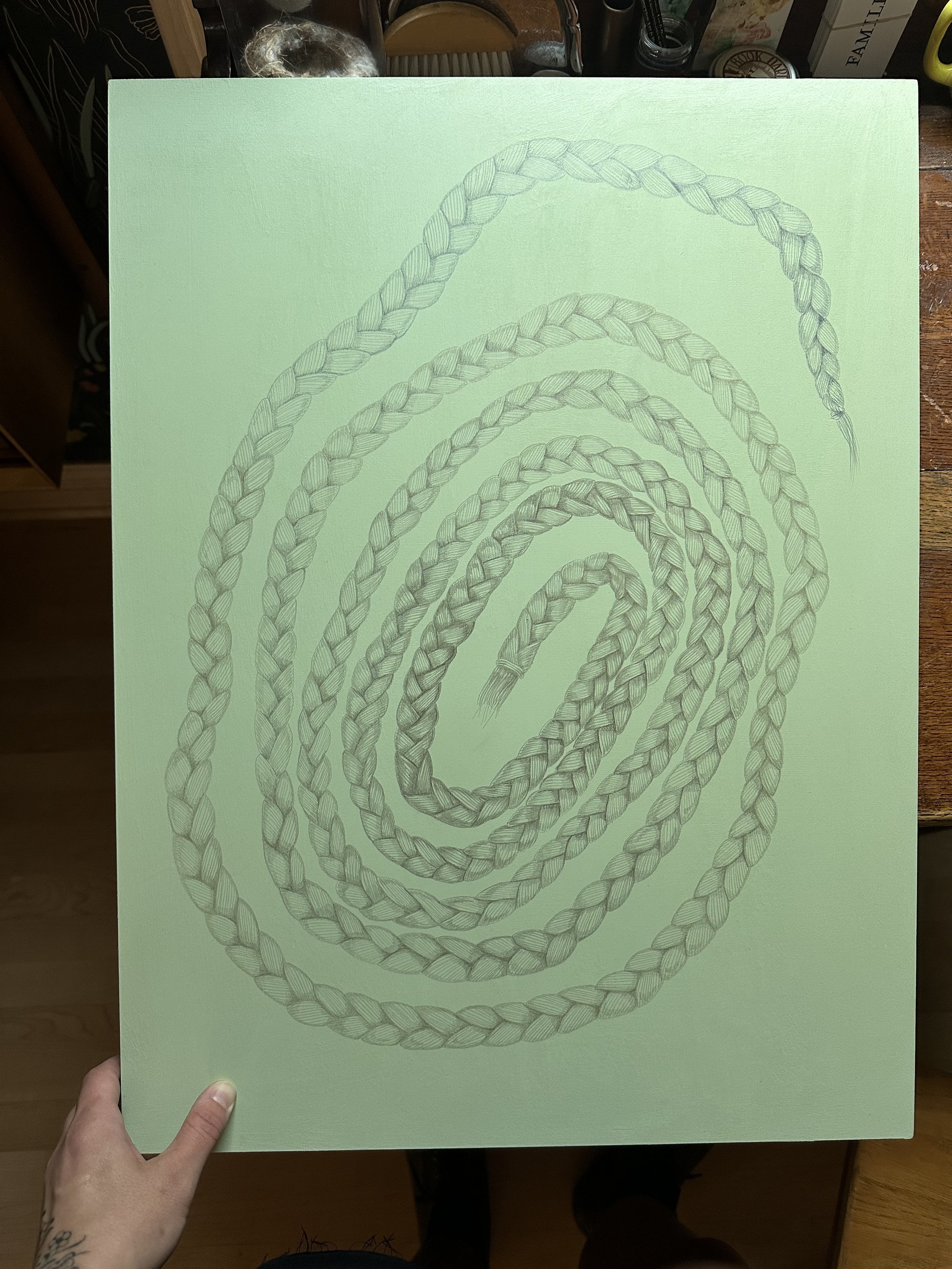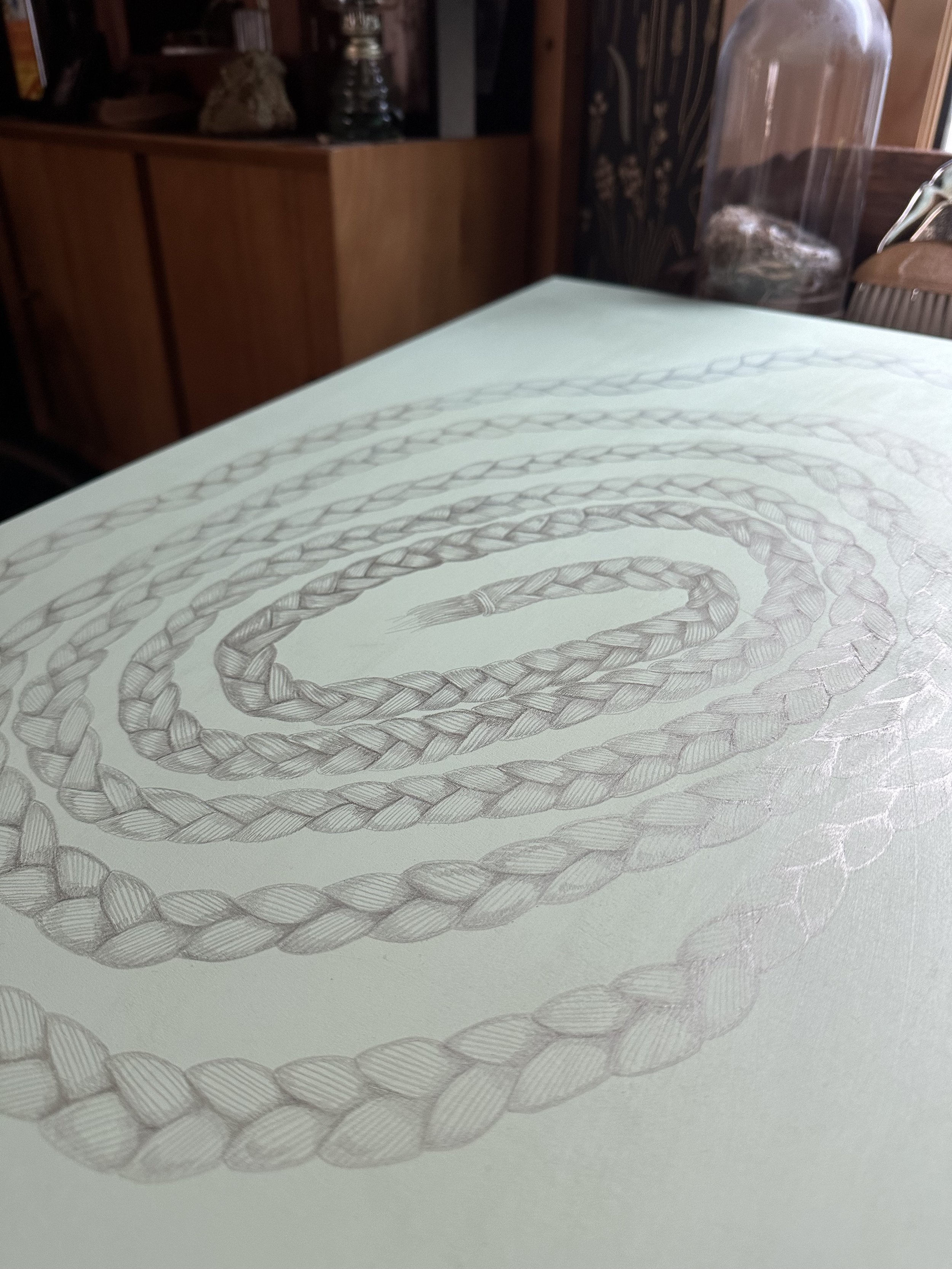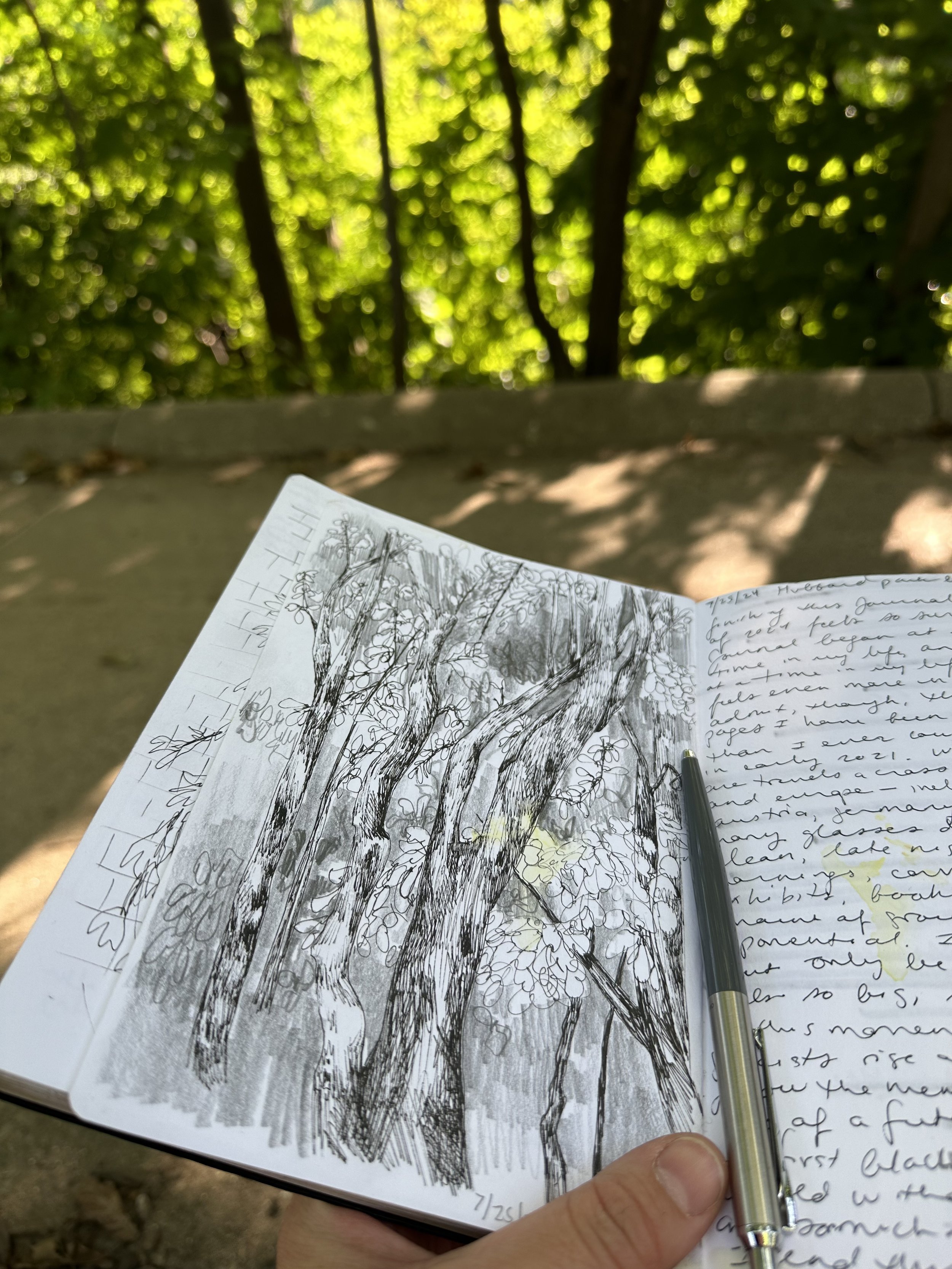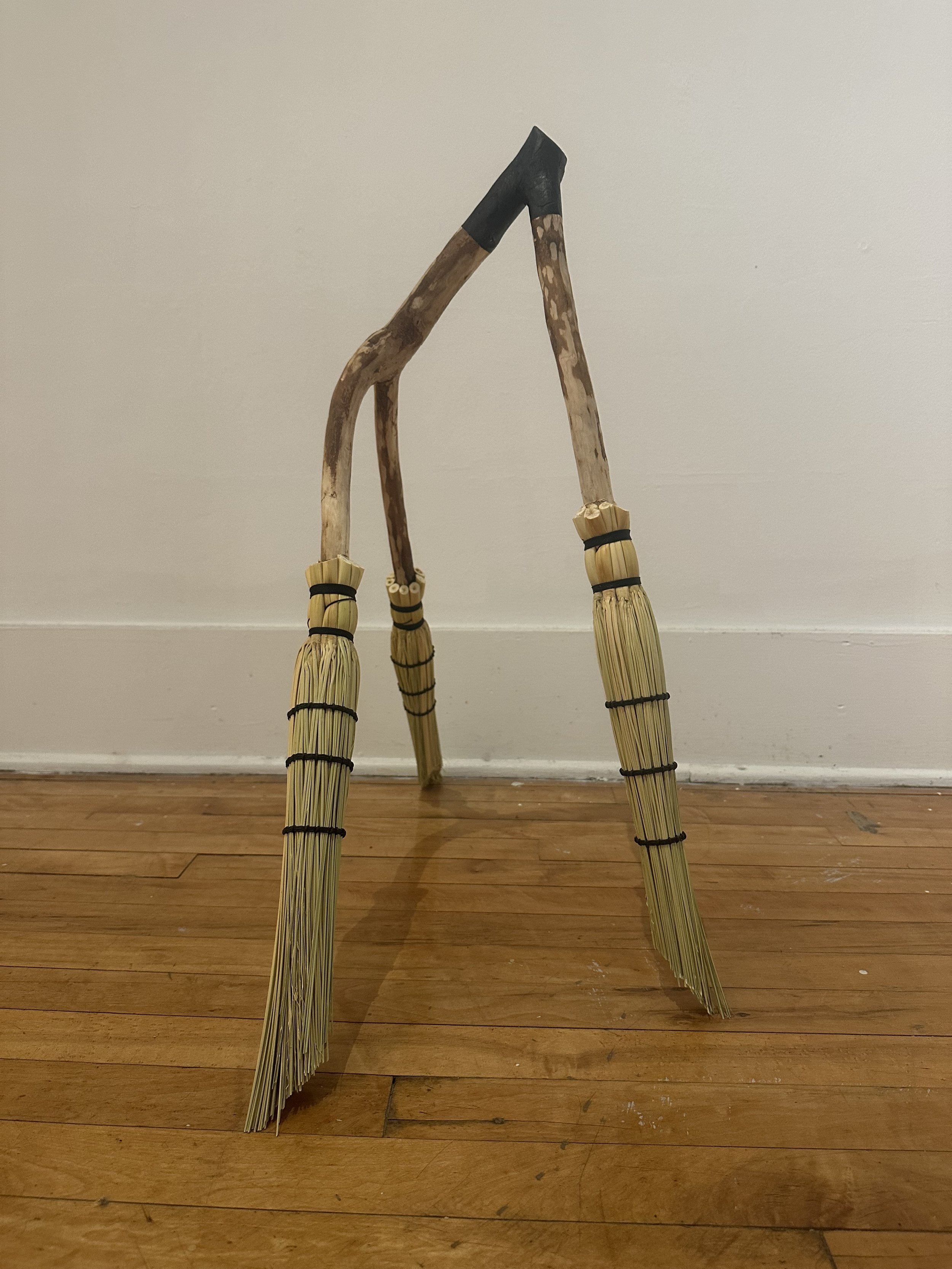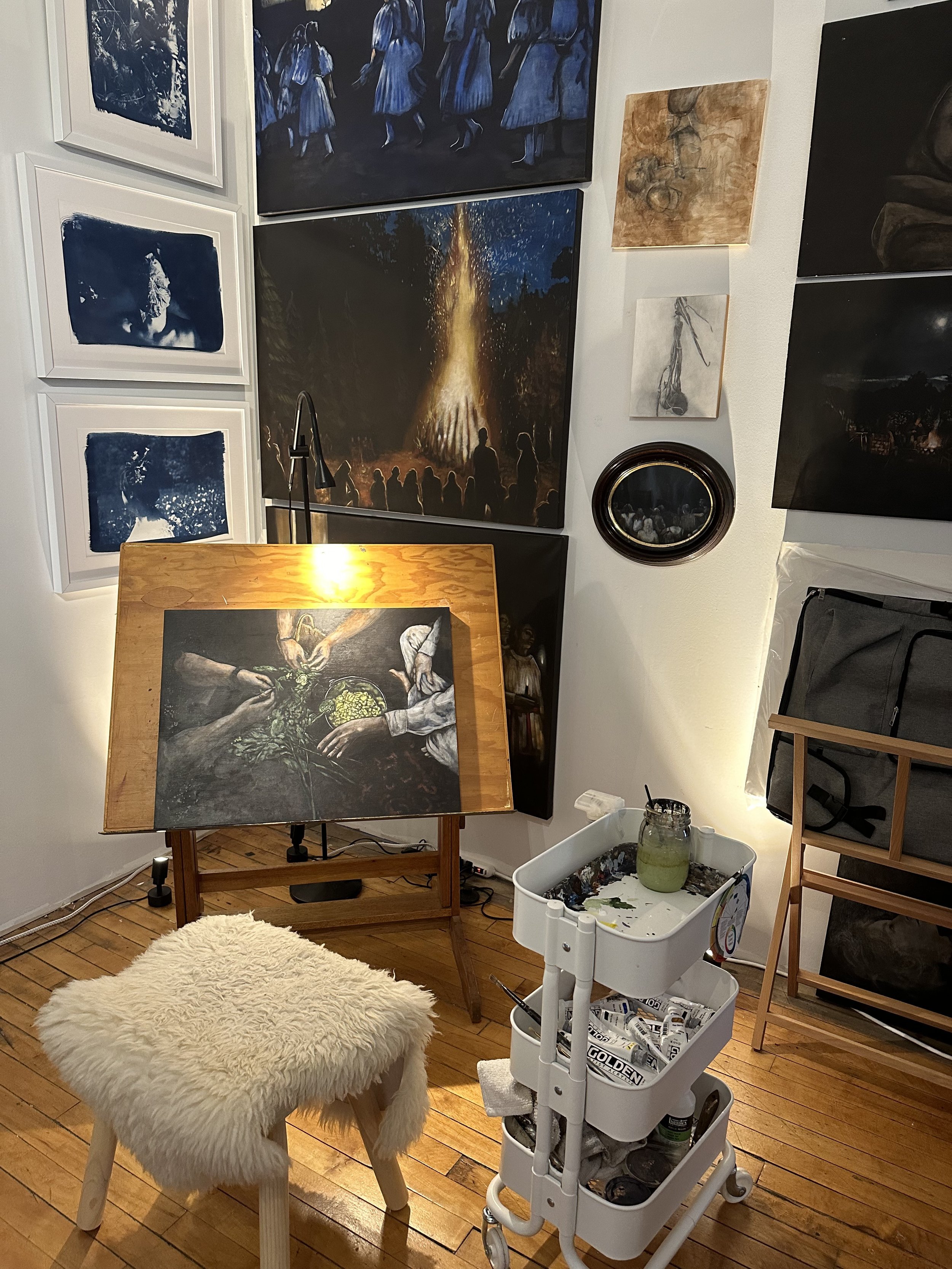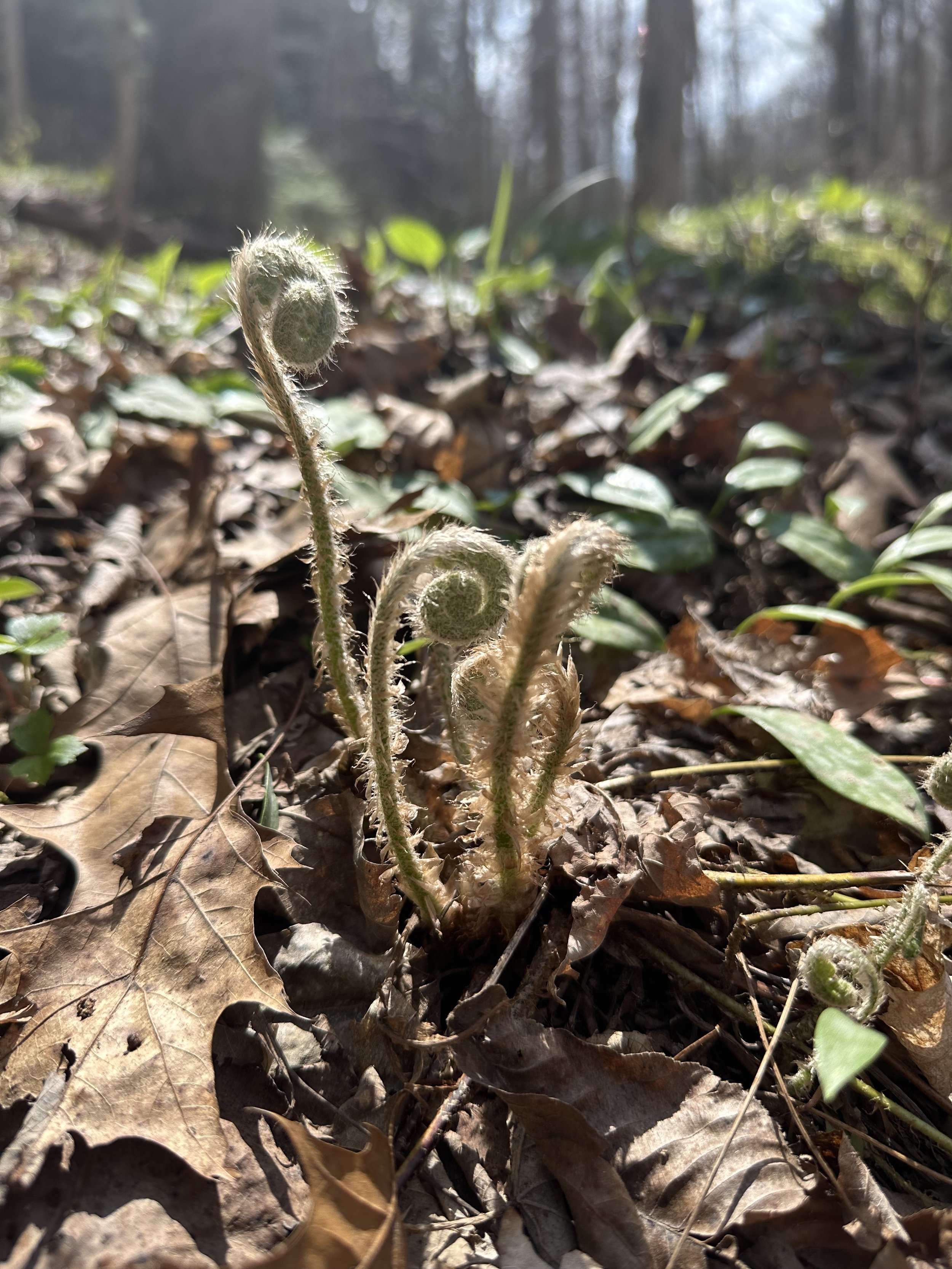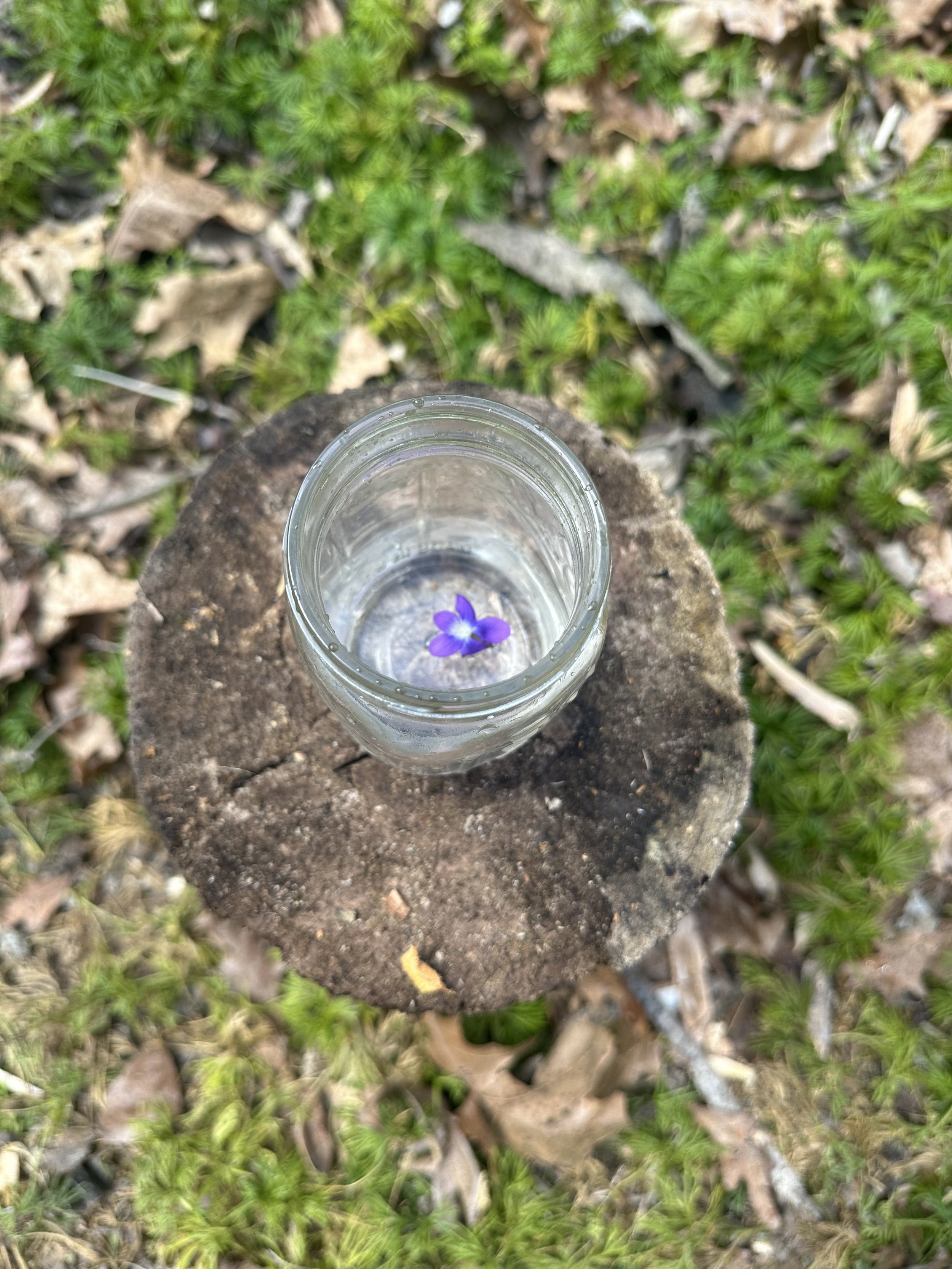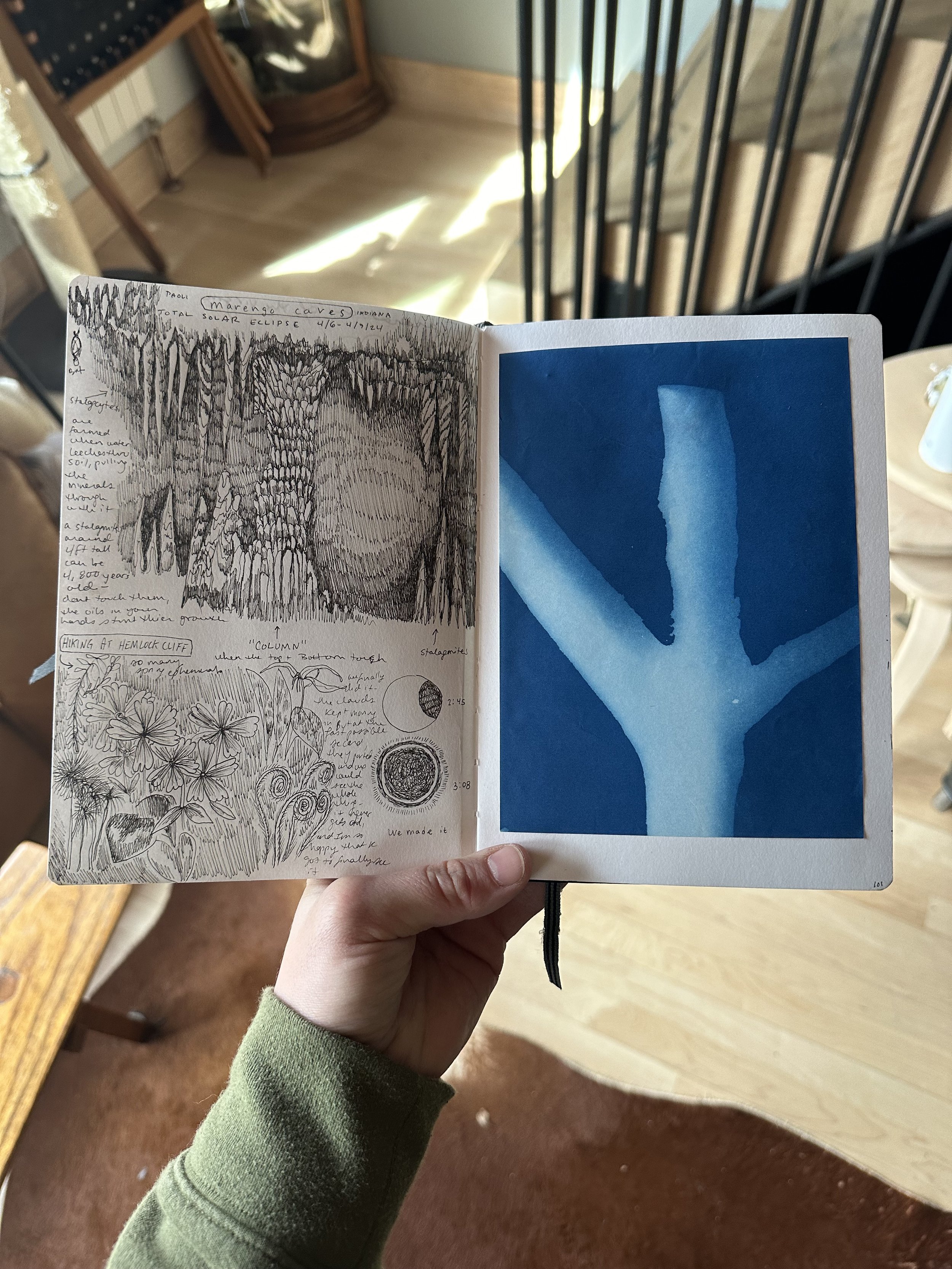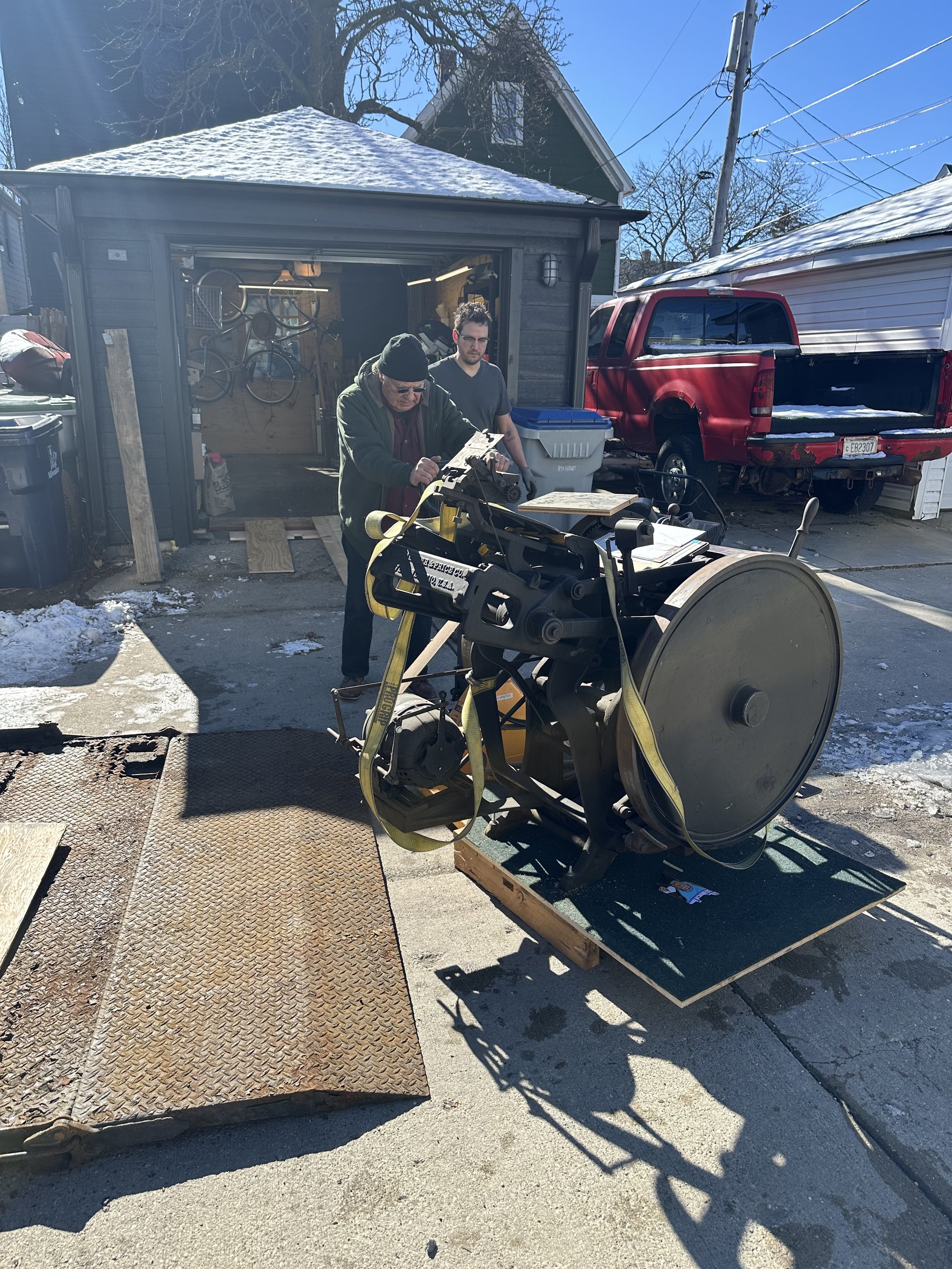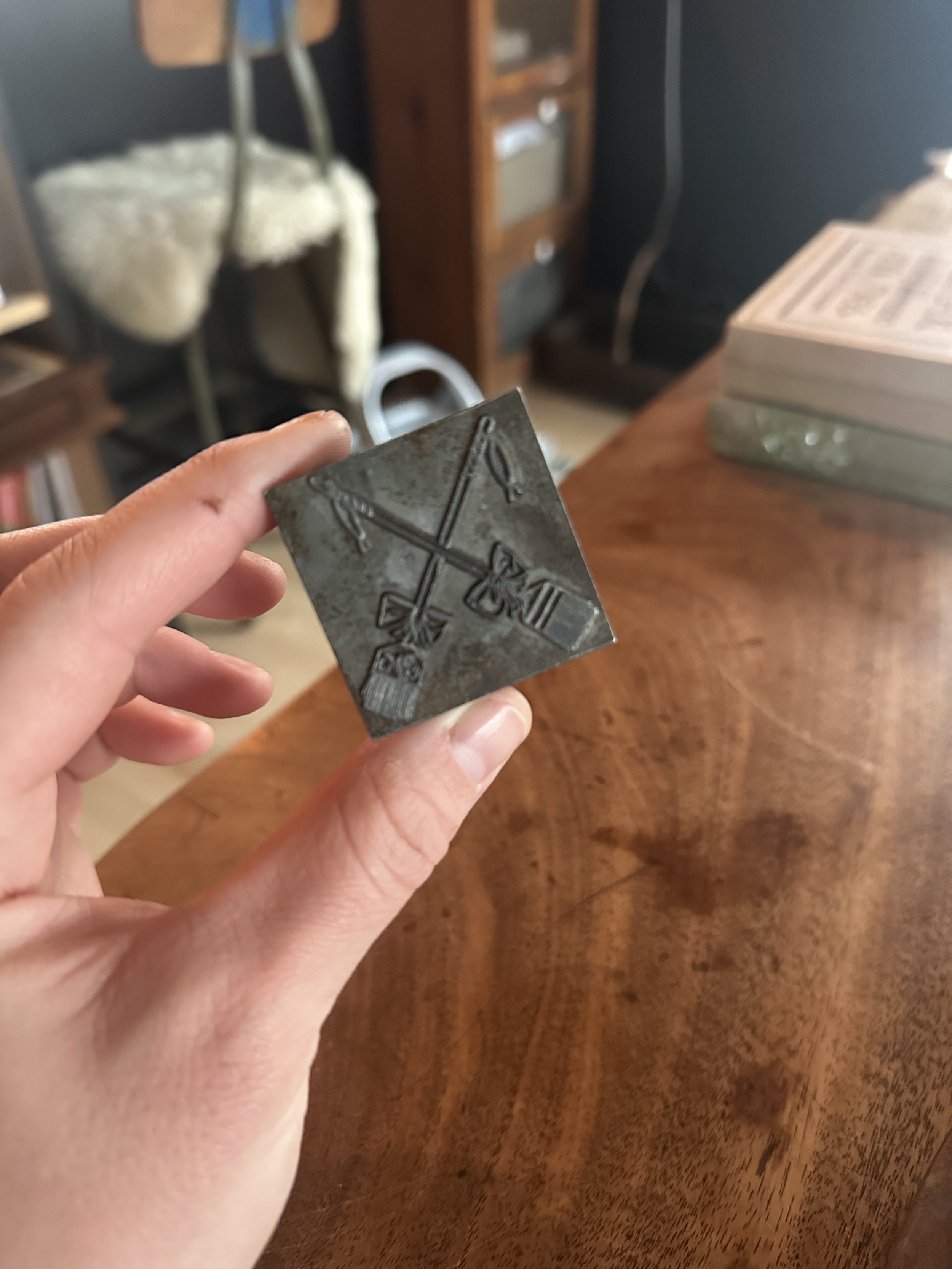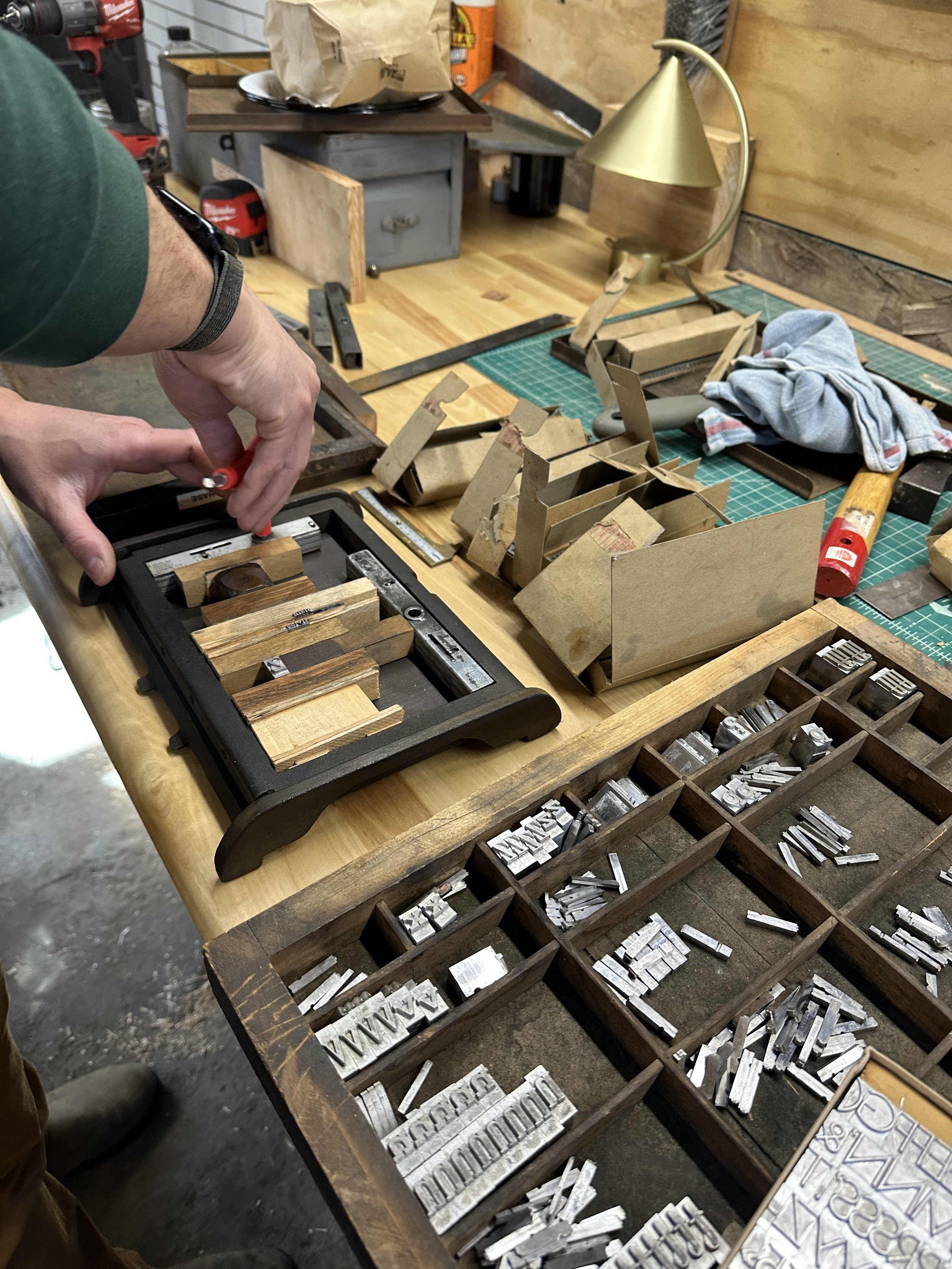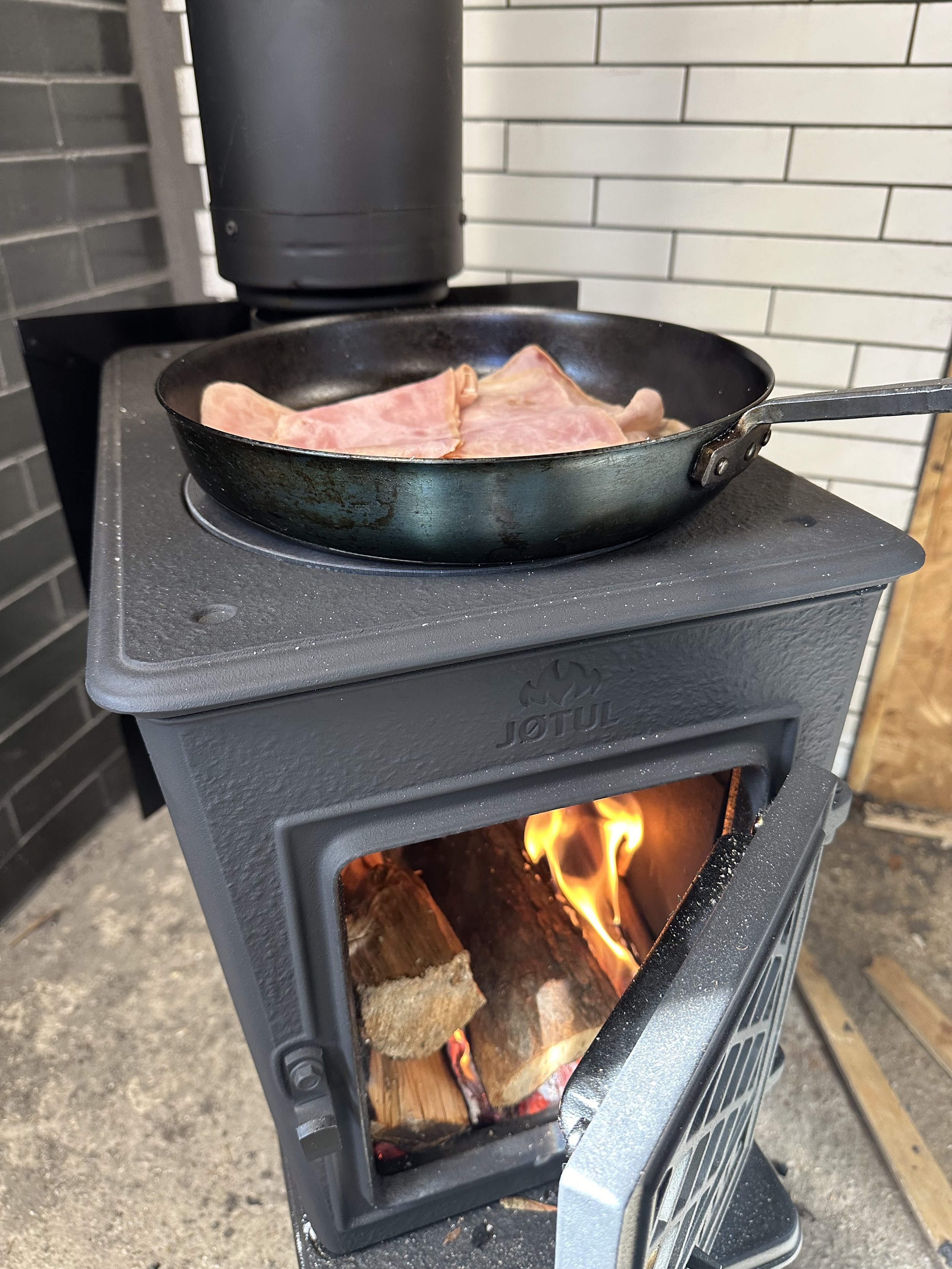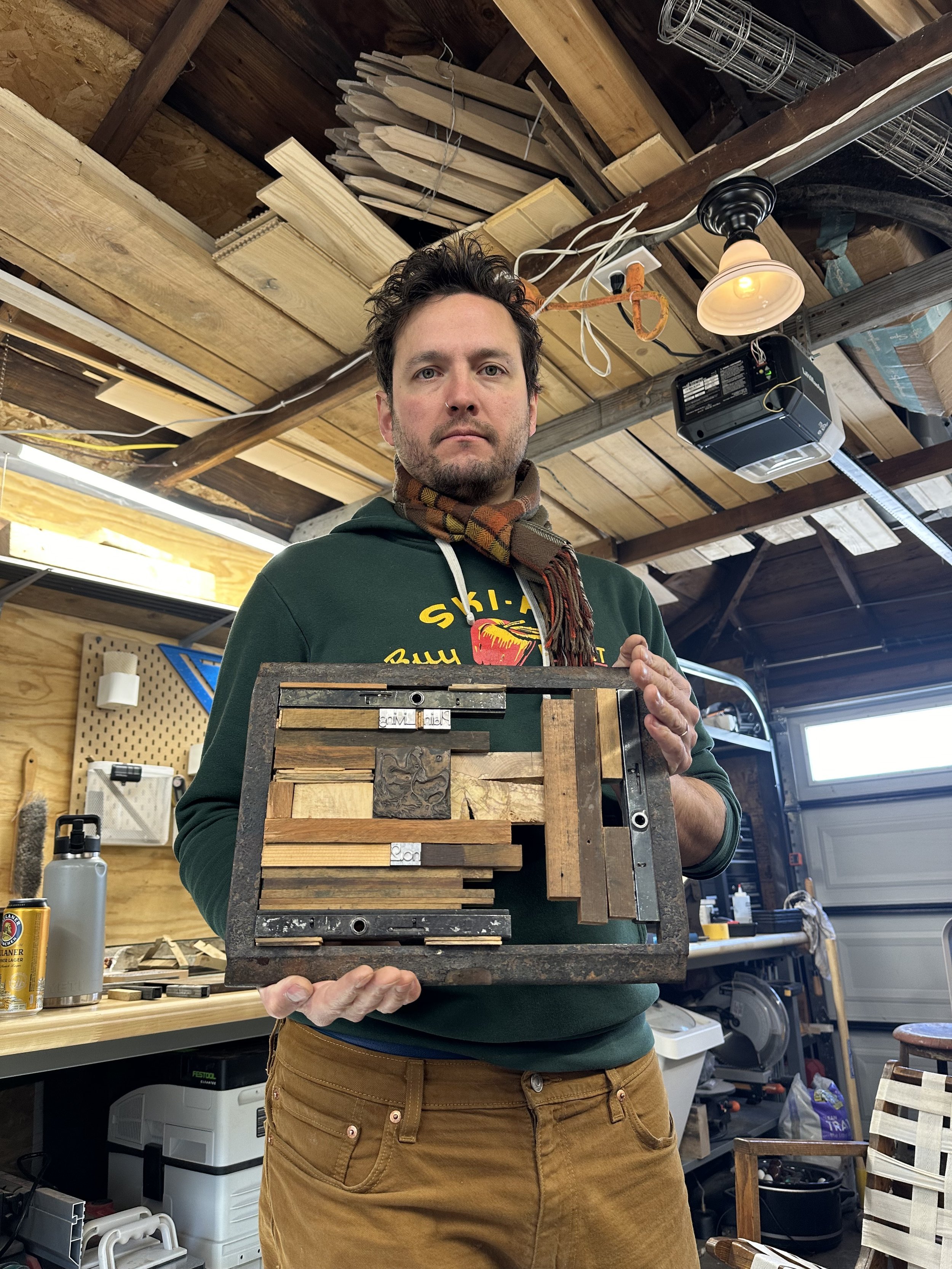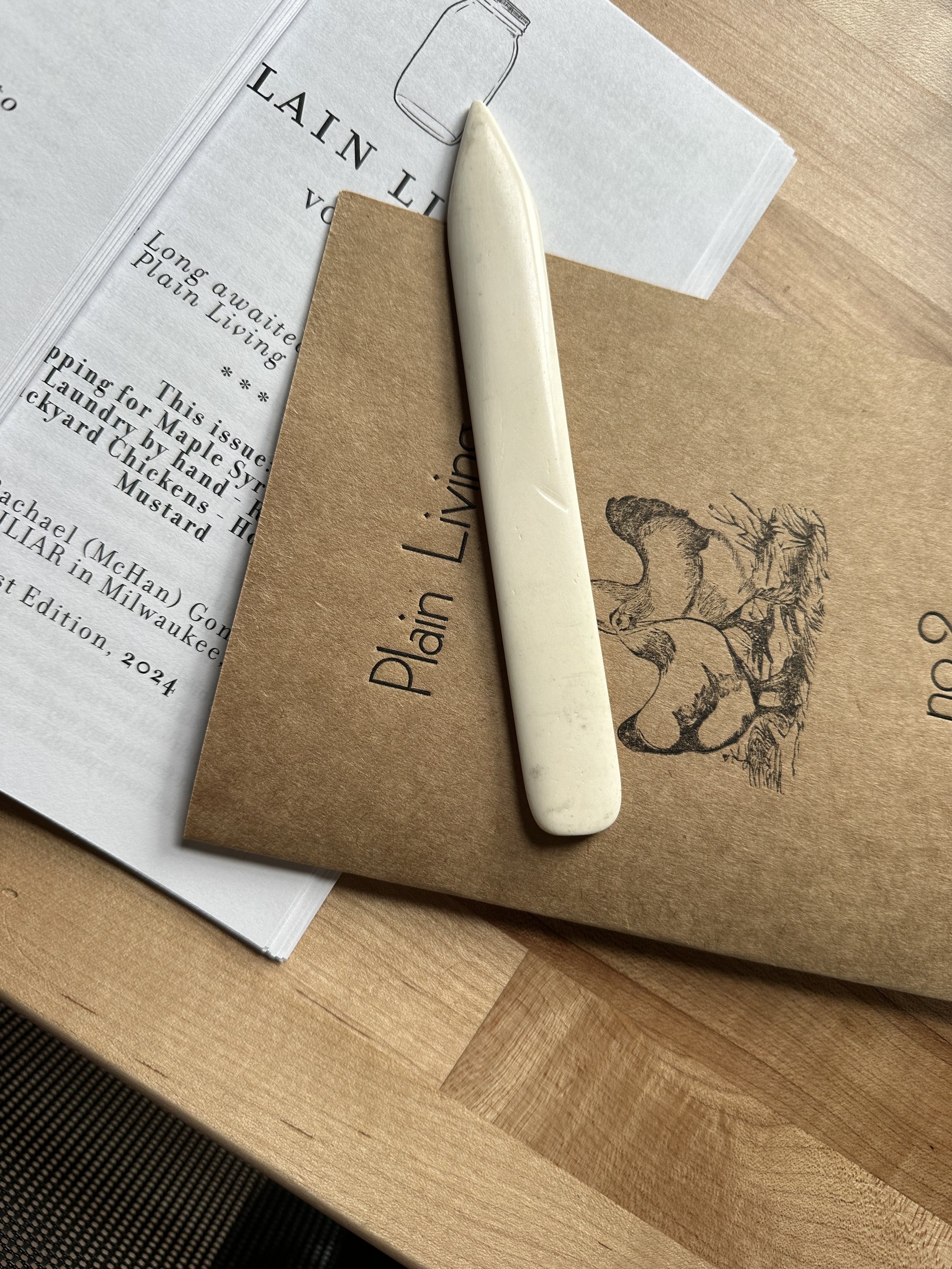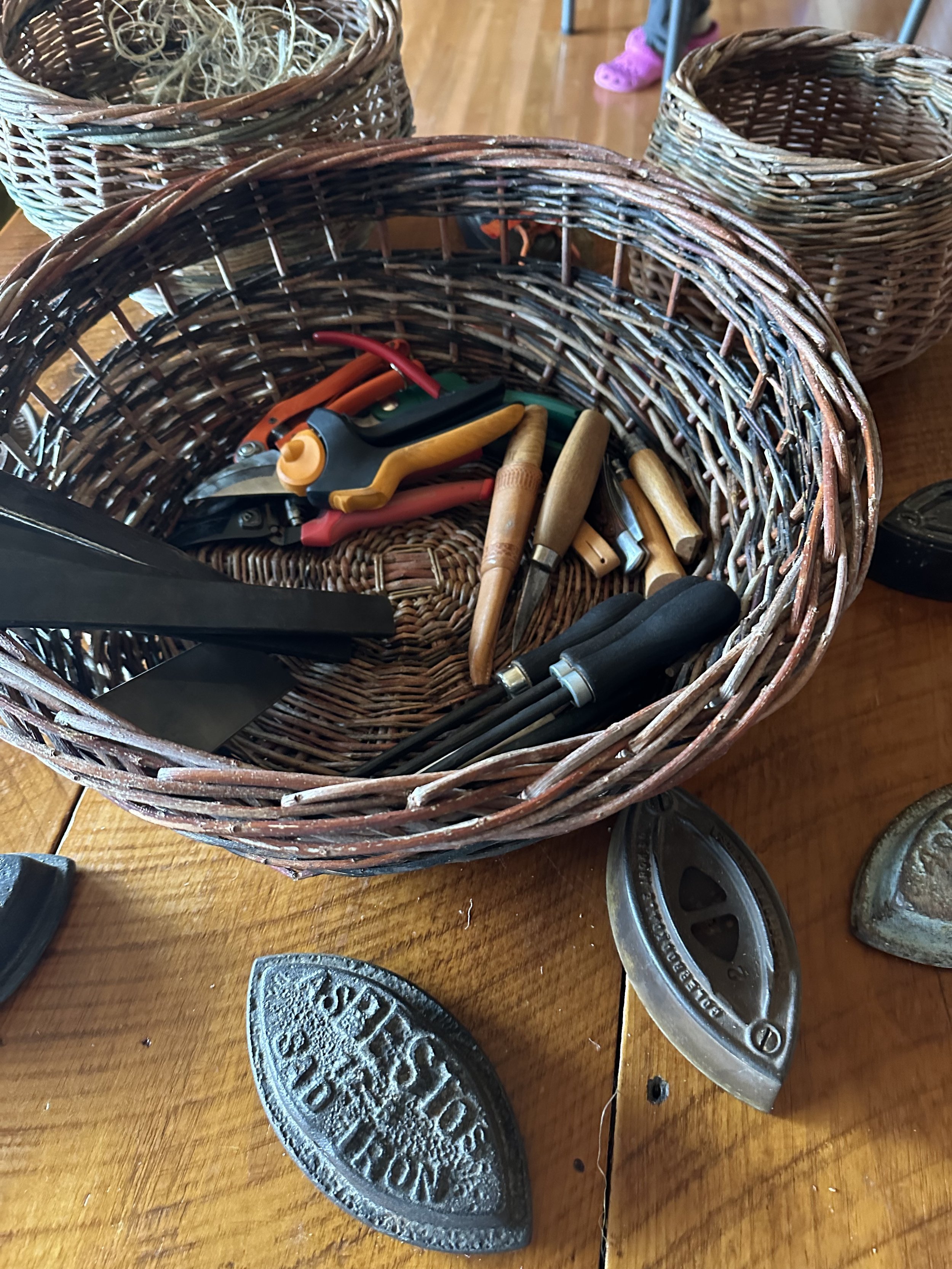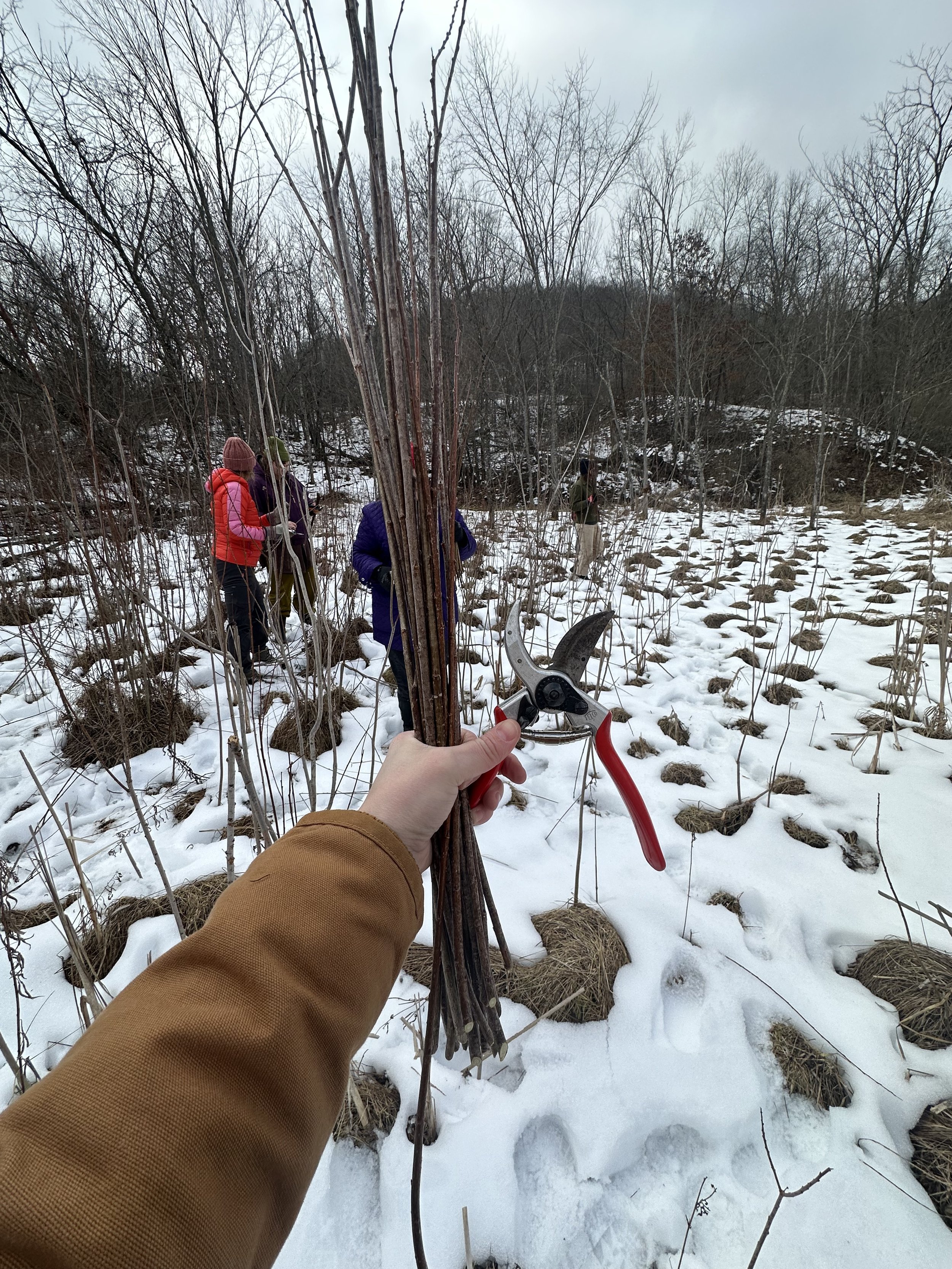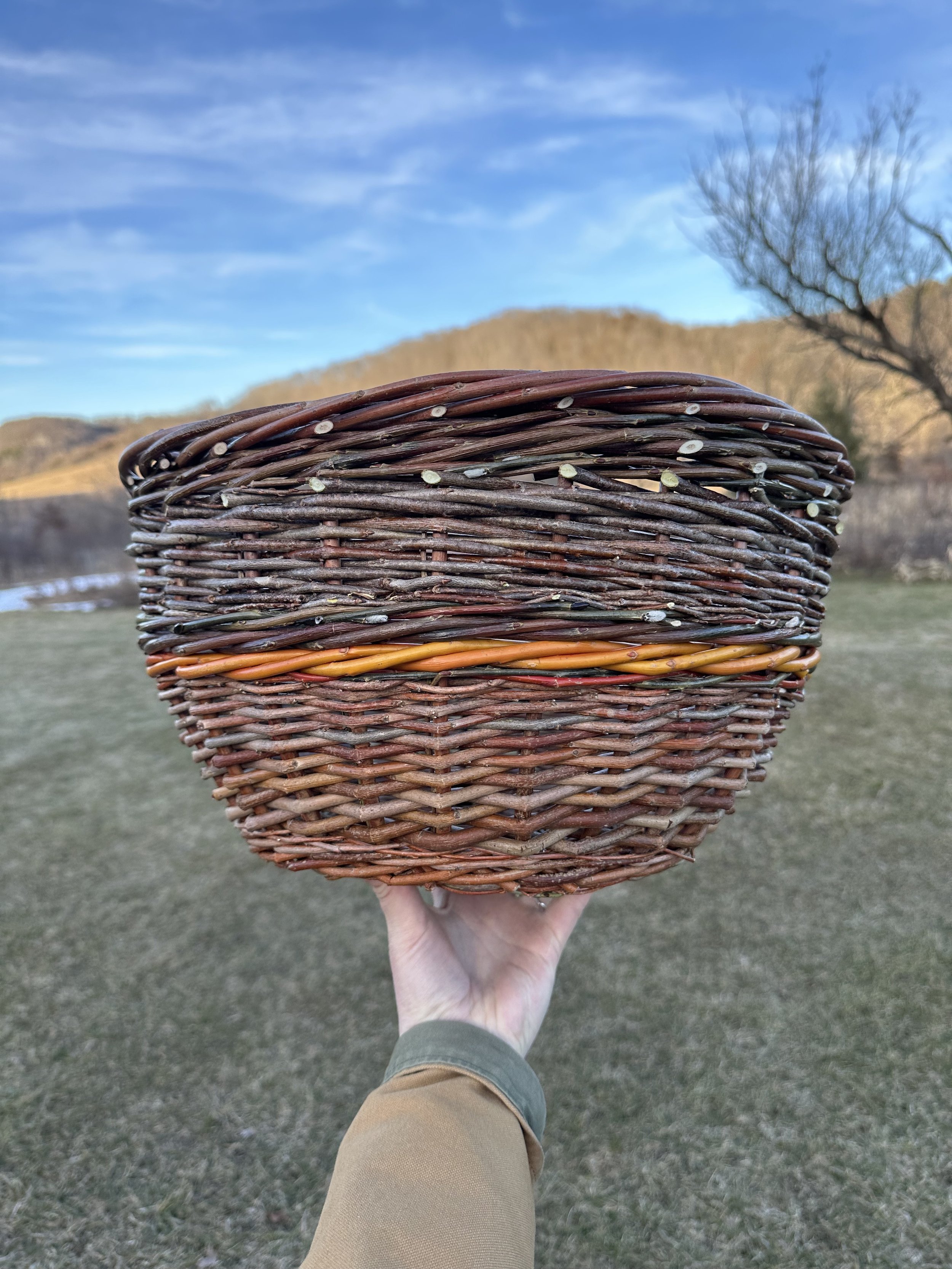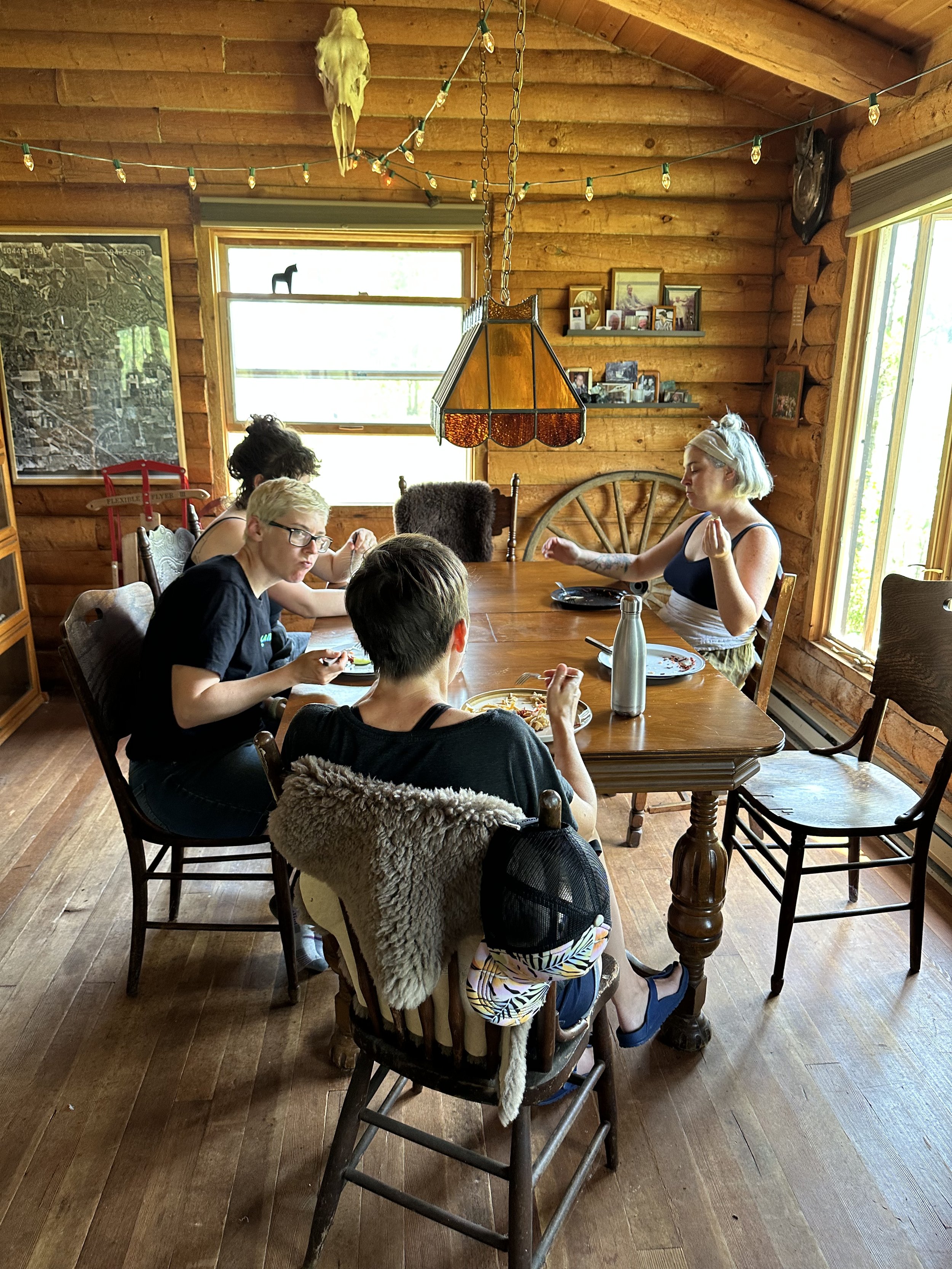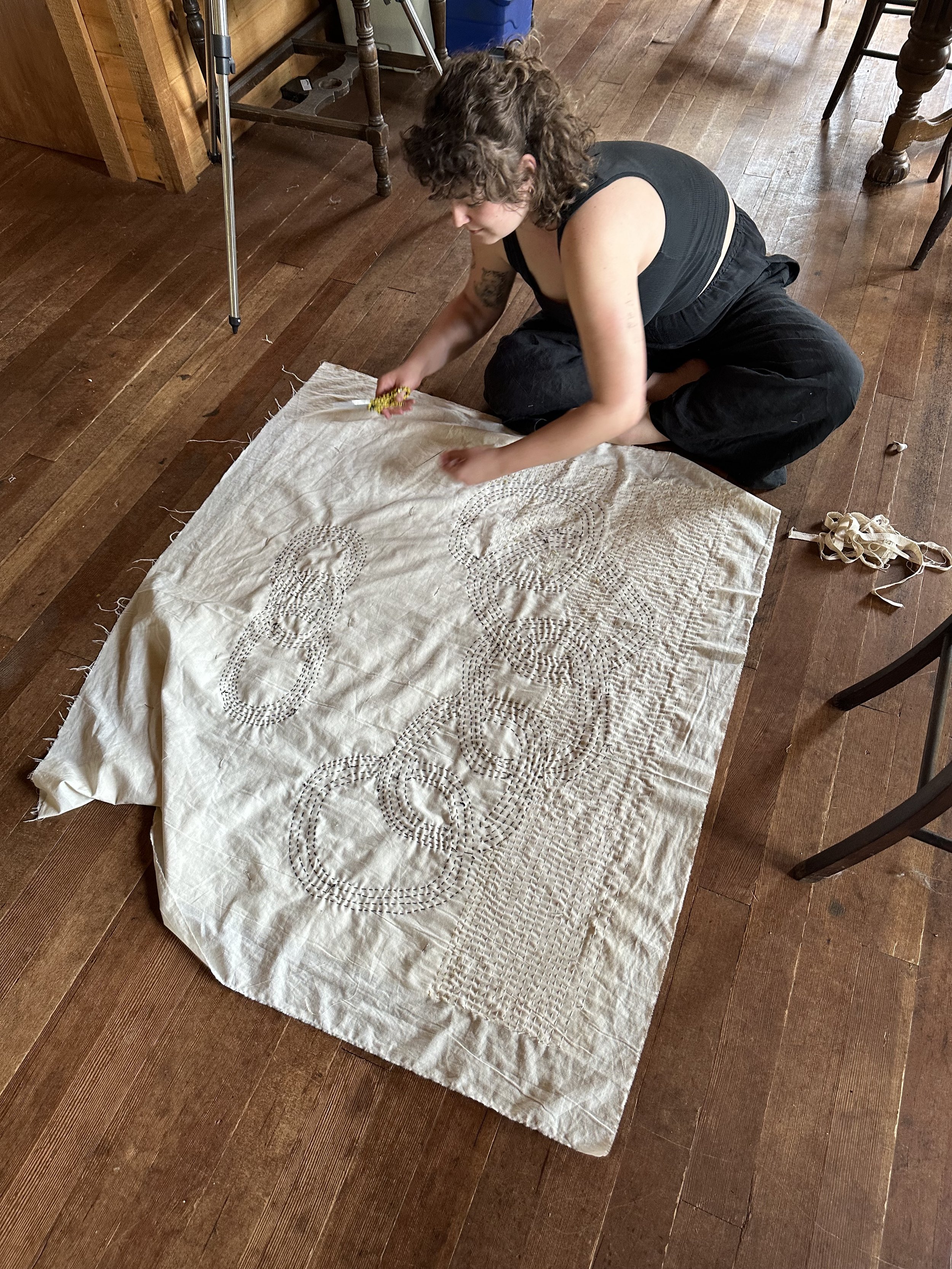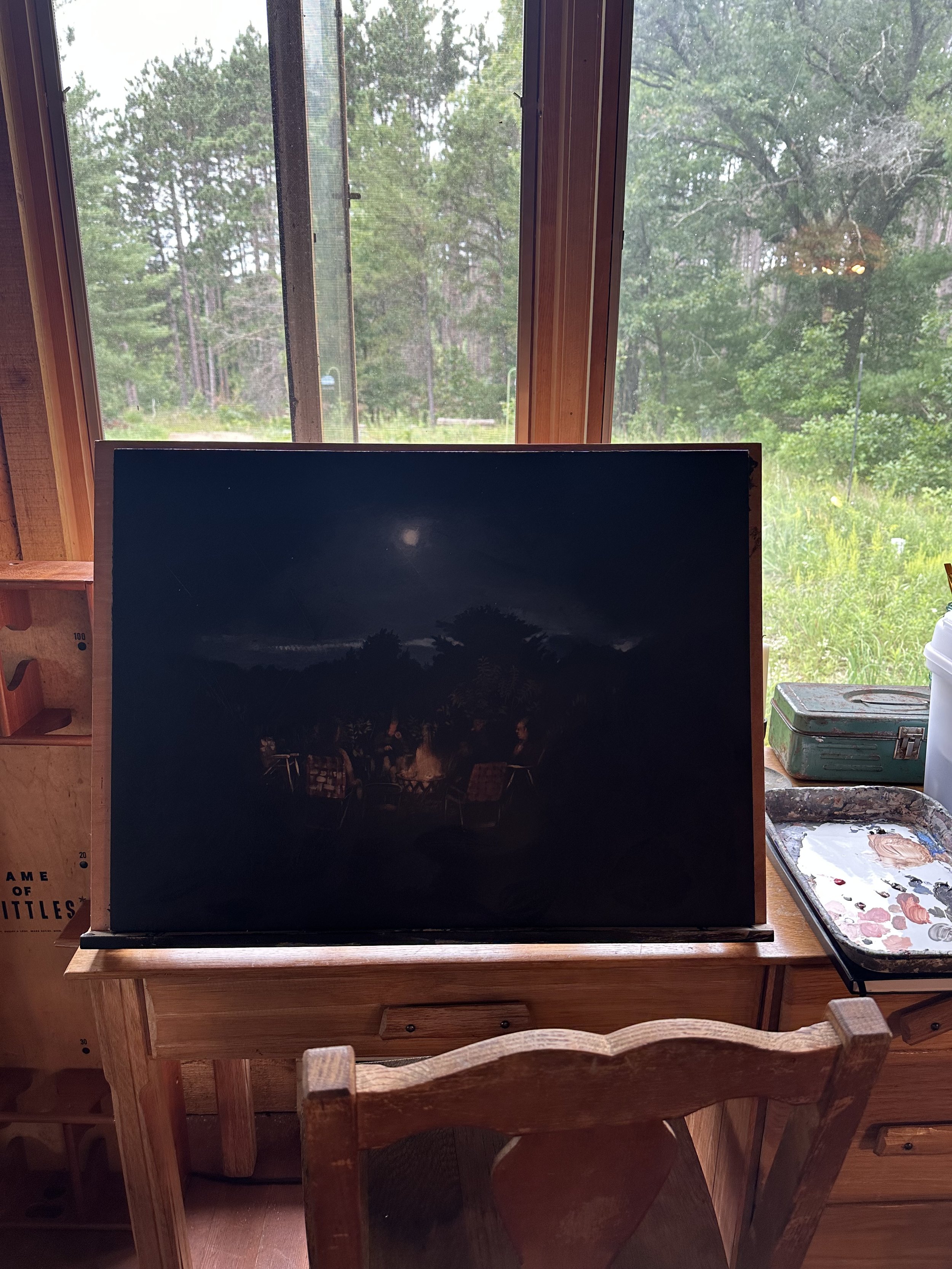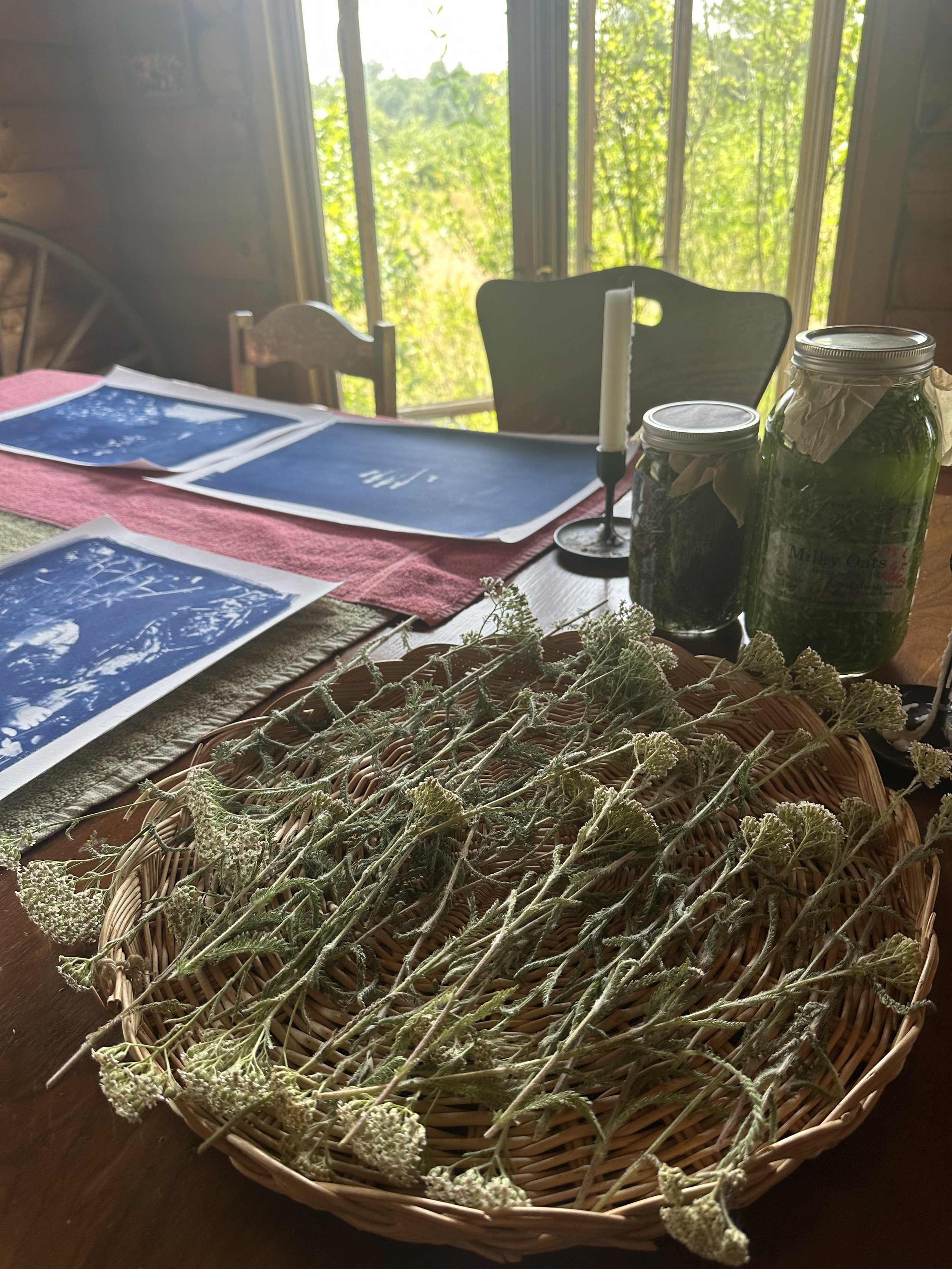I’m having a bit of a come-to-jesus moment realizing I probably won’t have much time or ability to commute to a studio this year, if I am having a baby in late April. I think for at least the next year (or so) moving my studio back home will be helpful in maintaining some semblance of a studio practice. I’ll be sad to go, though. This is my second time moving to this particular gallery space as a resident and I was in a very different place when I landed here in late 2023, after an inspiring week abroad that had me itching for more creative connection and a third space out of the home. Right now, though, it’s hard to justify with my home practice closed and the space available. Perhaps this will be good for me and my productivity in the long run— less excuses to not paint, less running back and forth trying to find the right tool before realizing it’s probably at the studio across town.
At home I’ll have the chance to get time in between naps and tasks. I’m luckier than most when it comes to space, and I’ve worked with less before. It’ll take a little while to set it up the way I like, but I hope I’ll love it in the long run.










